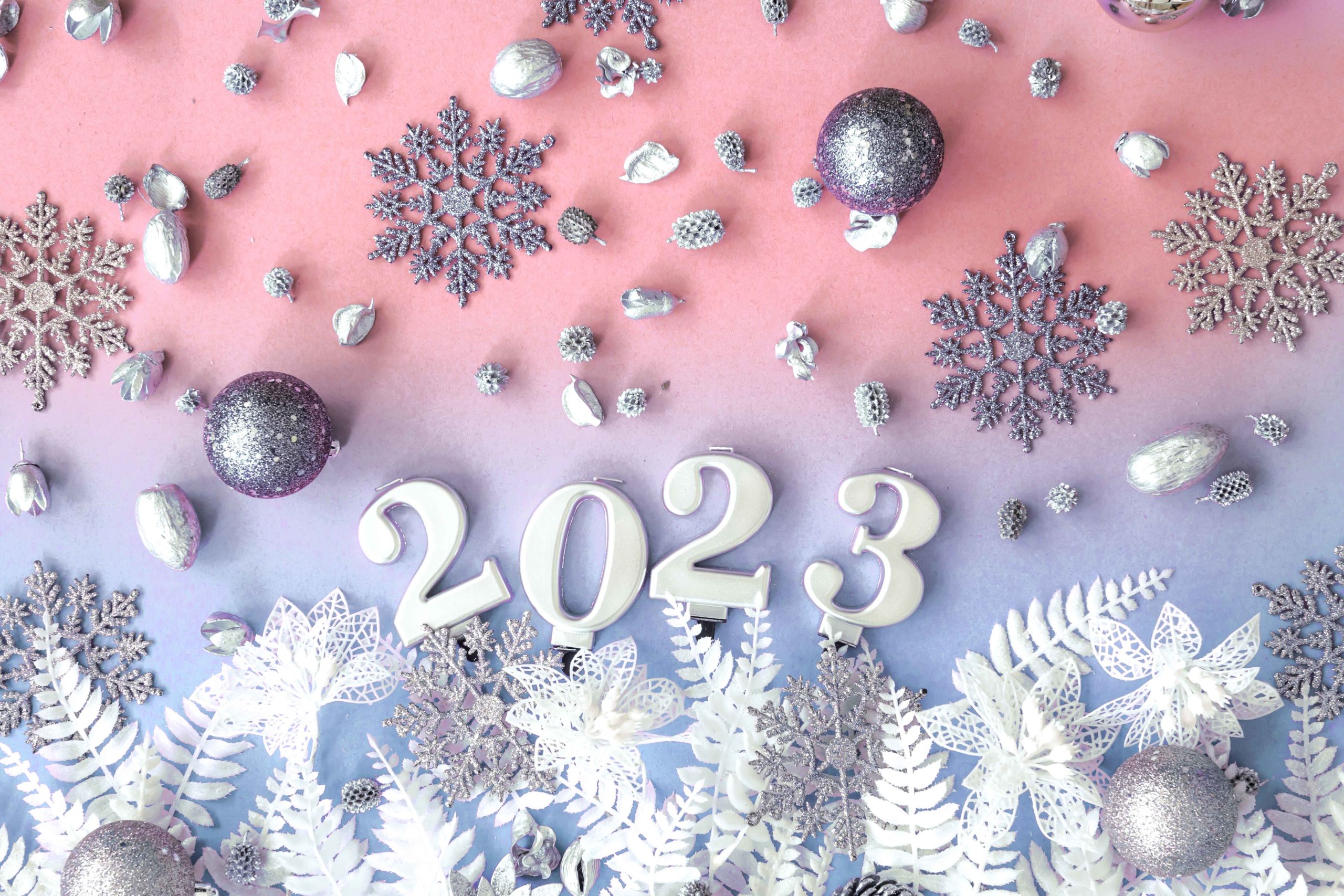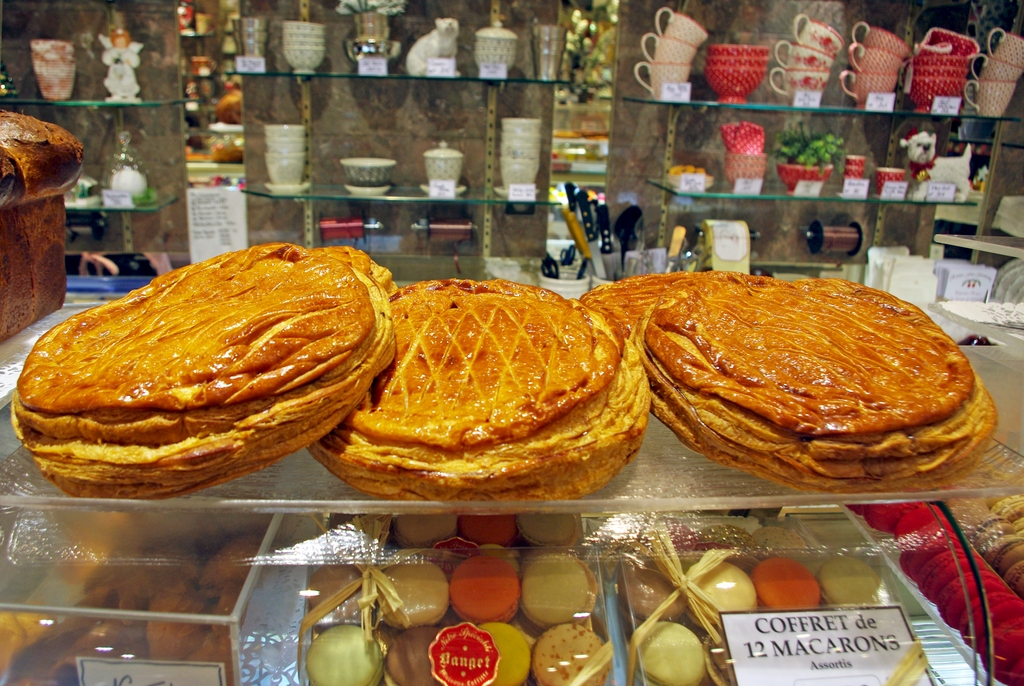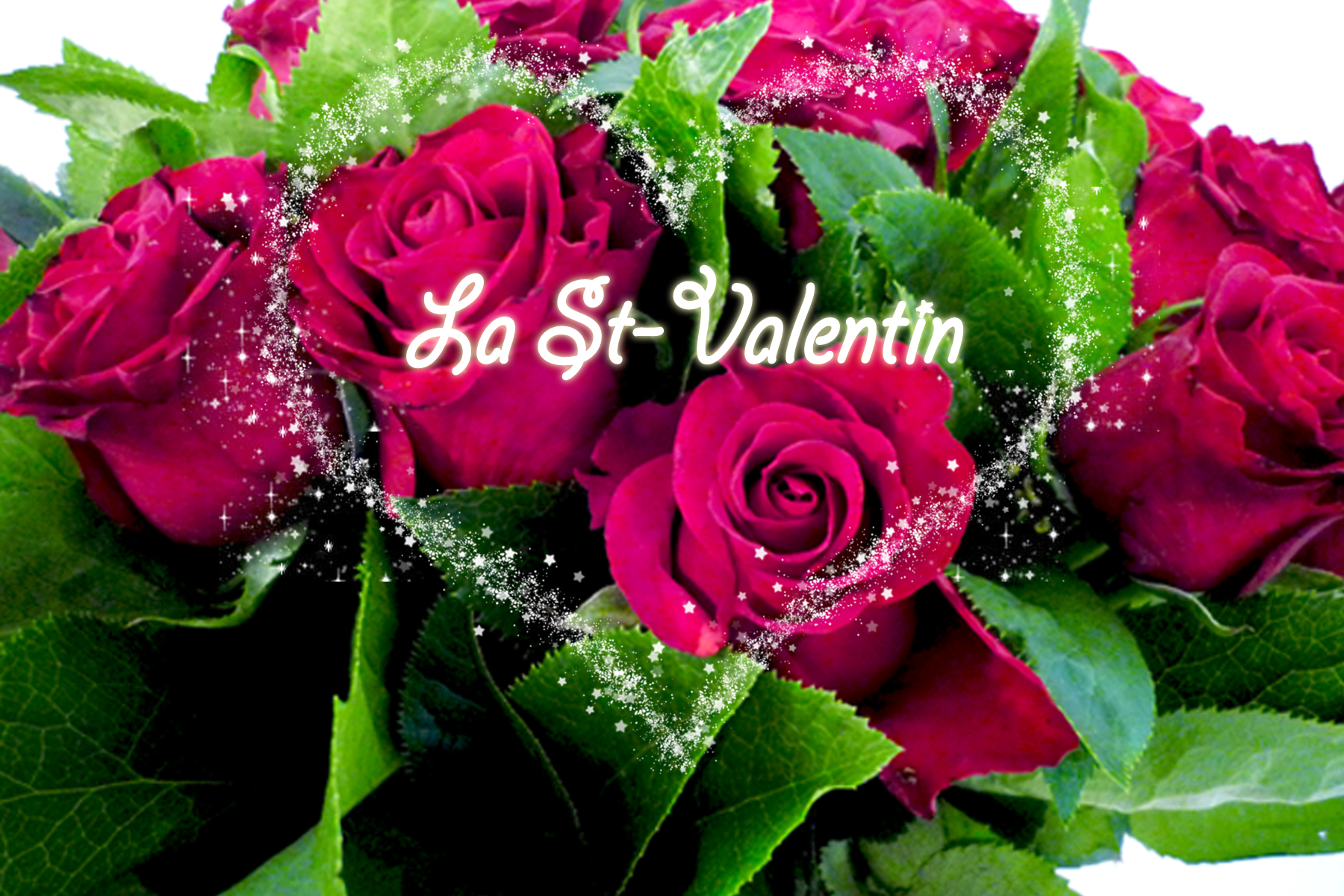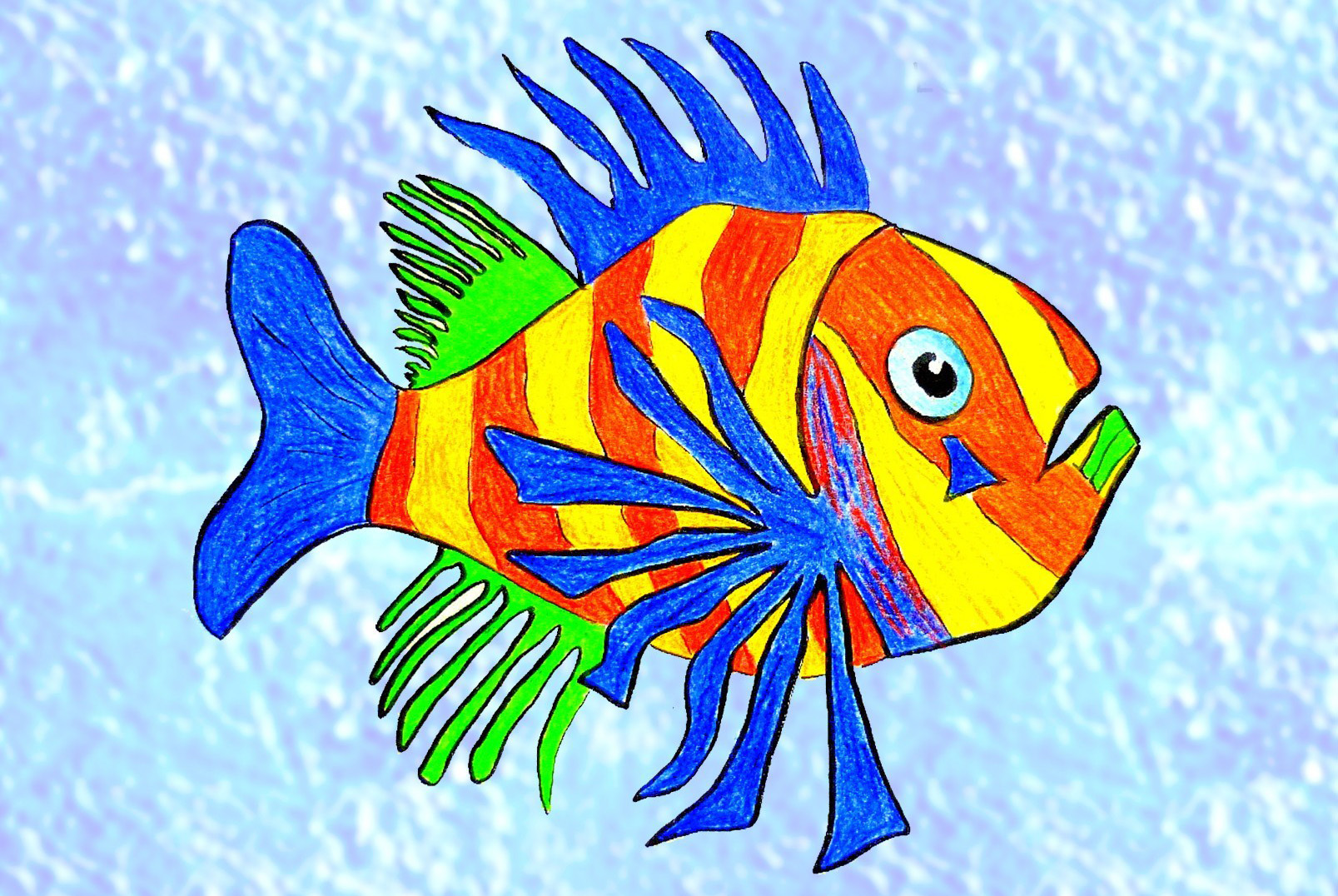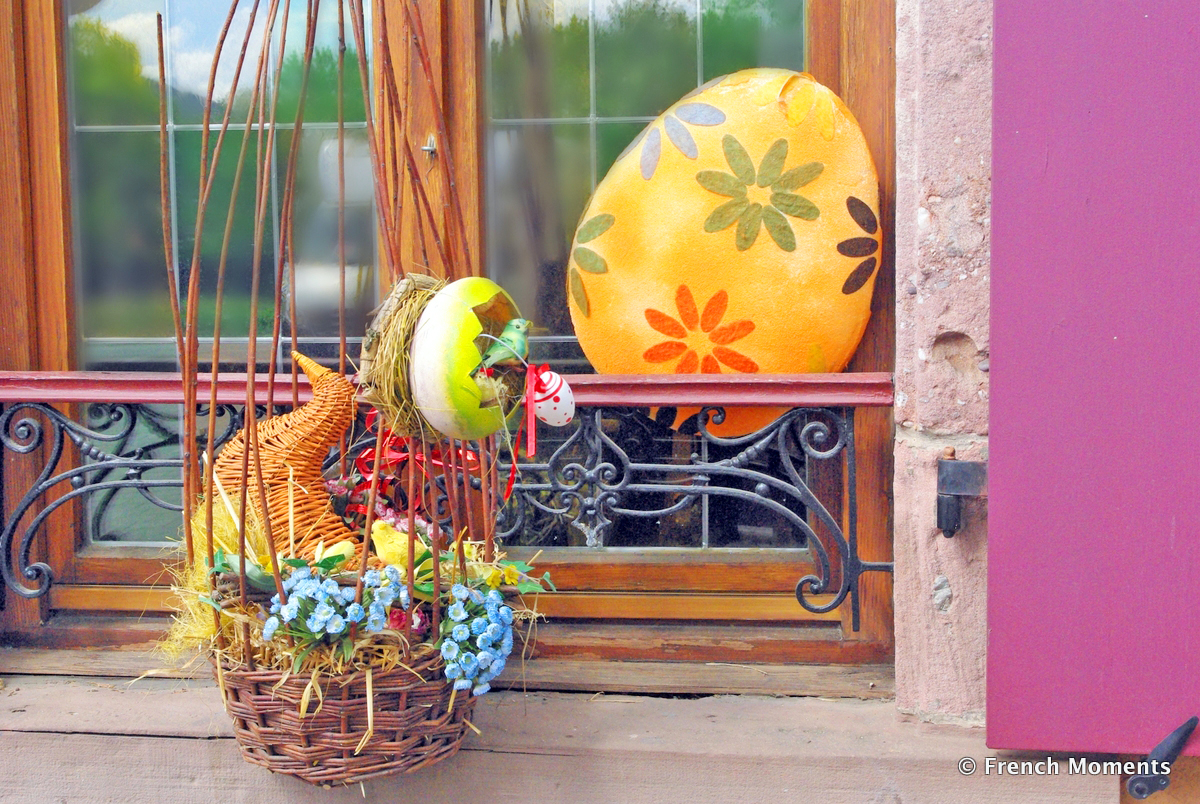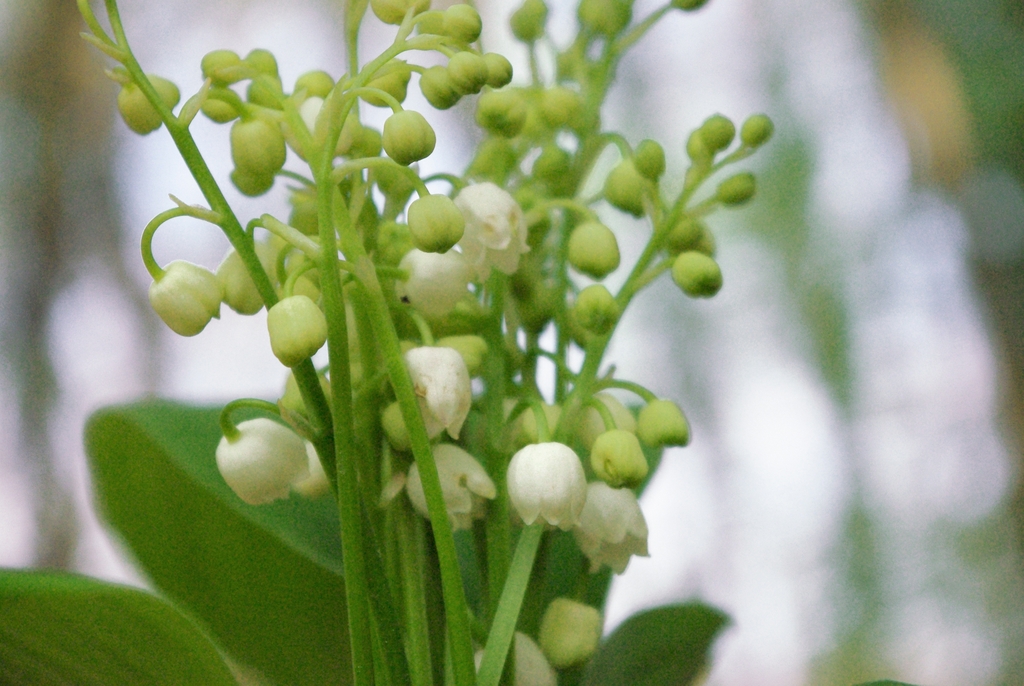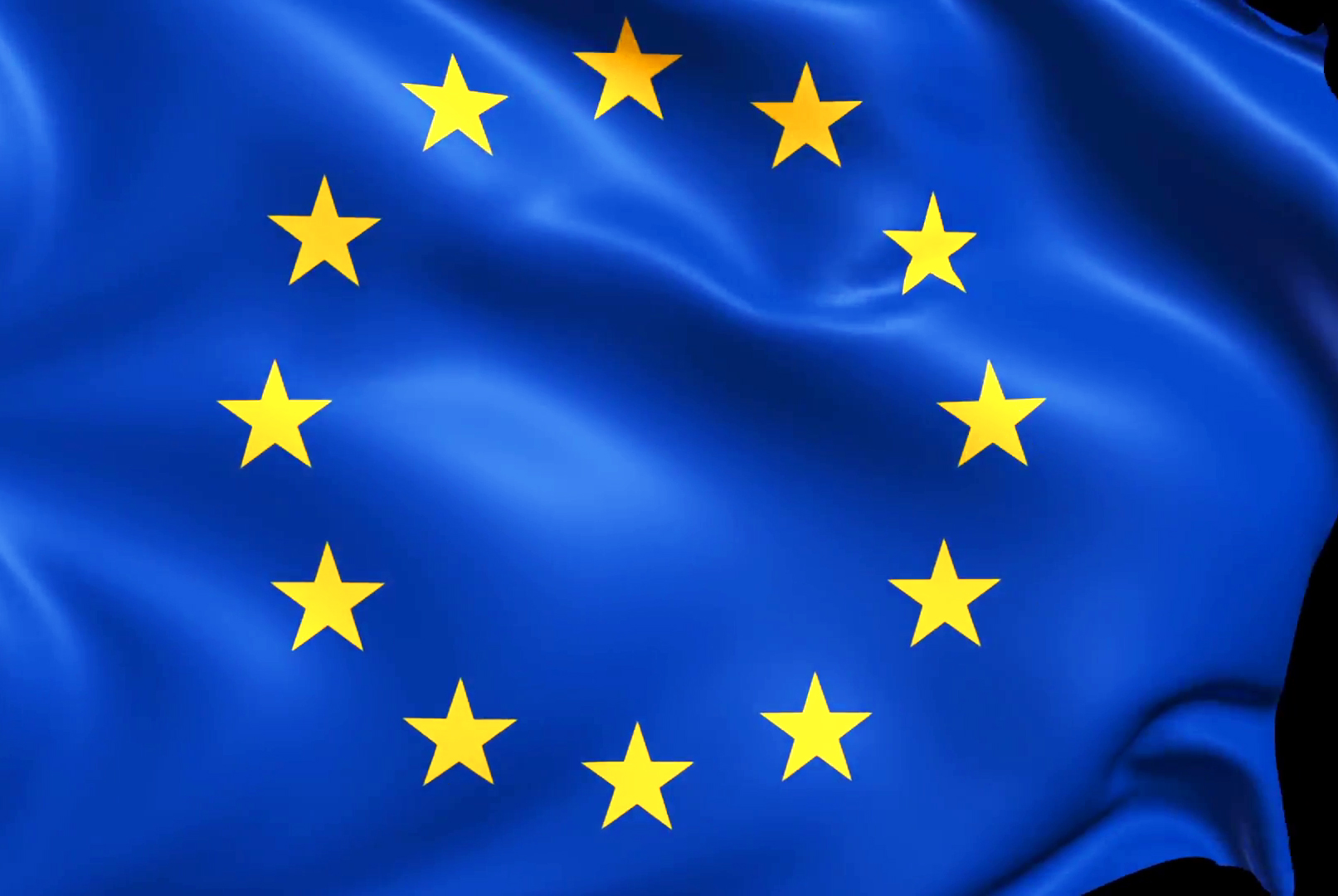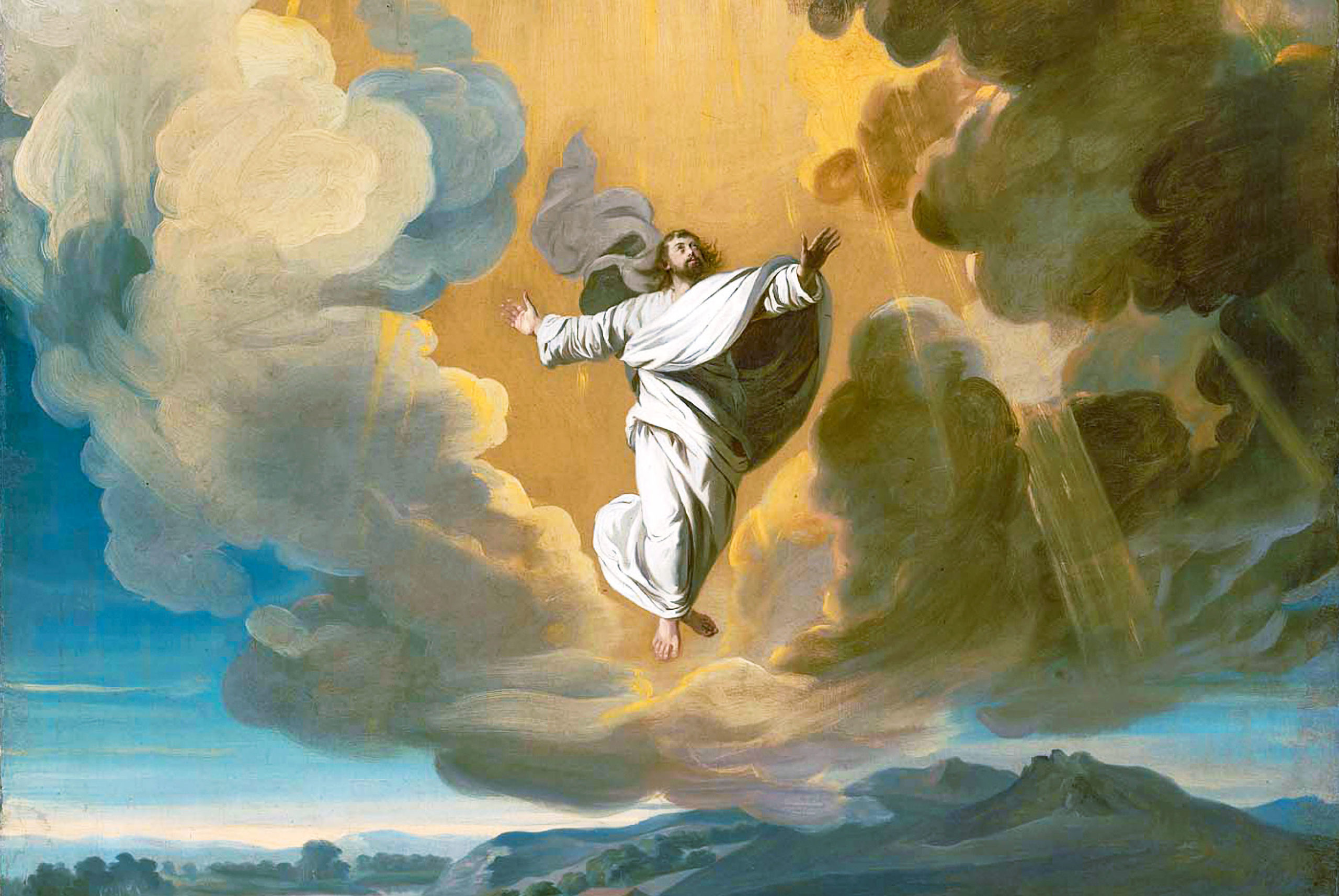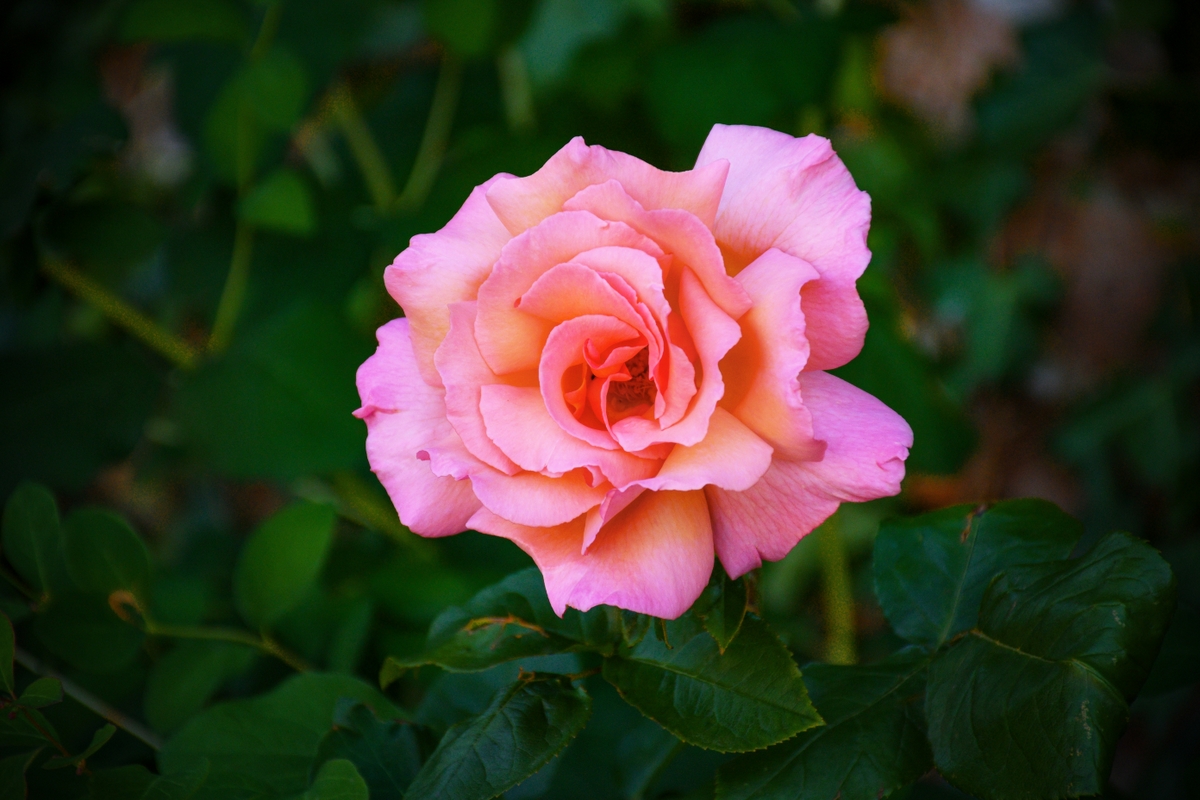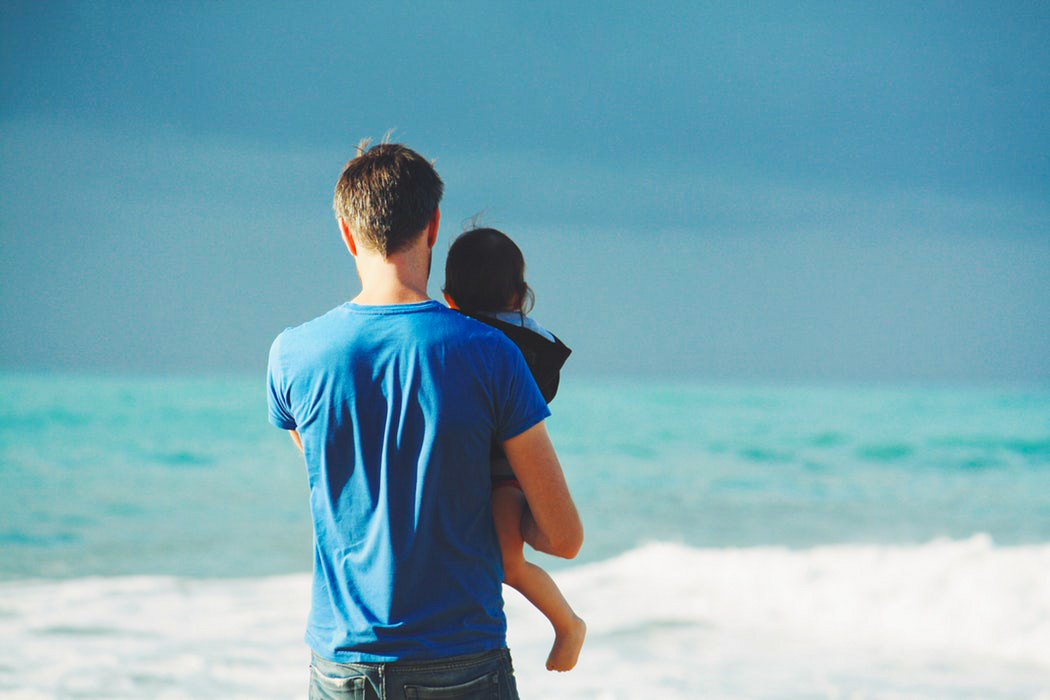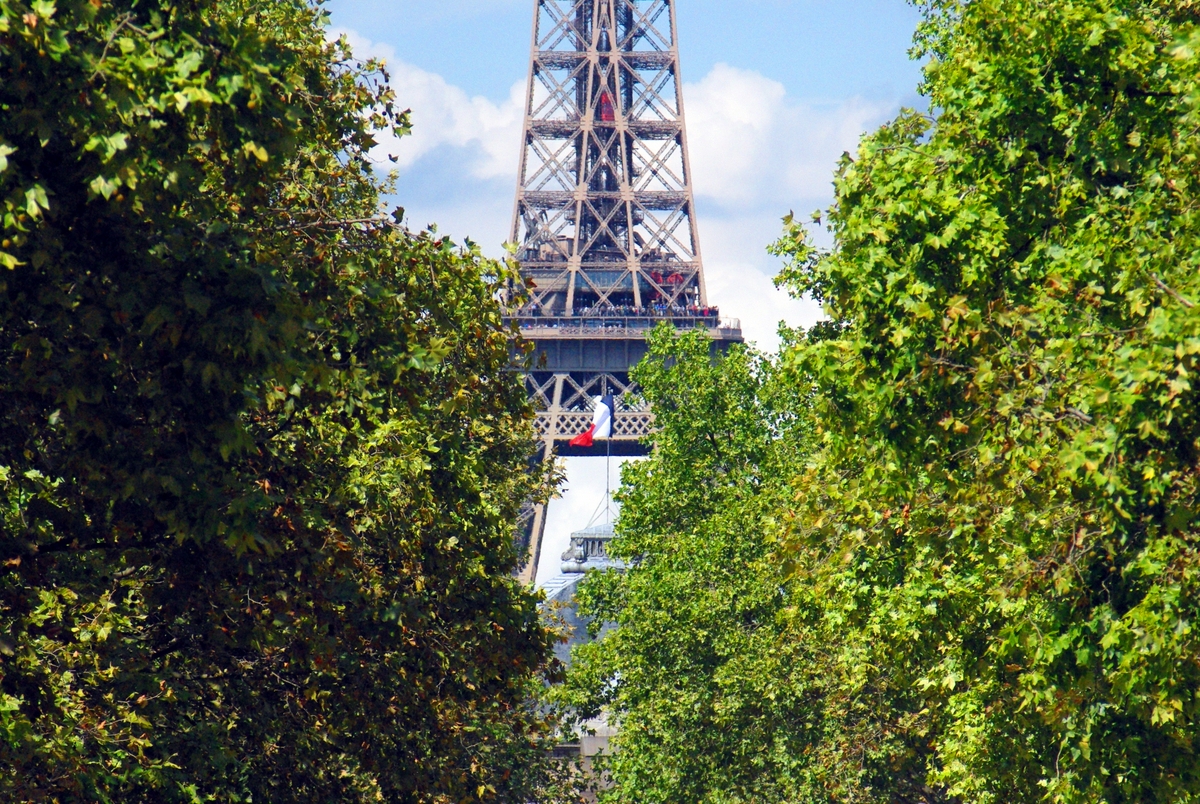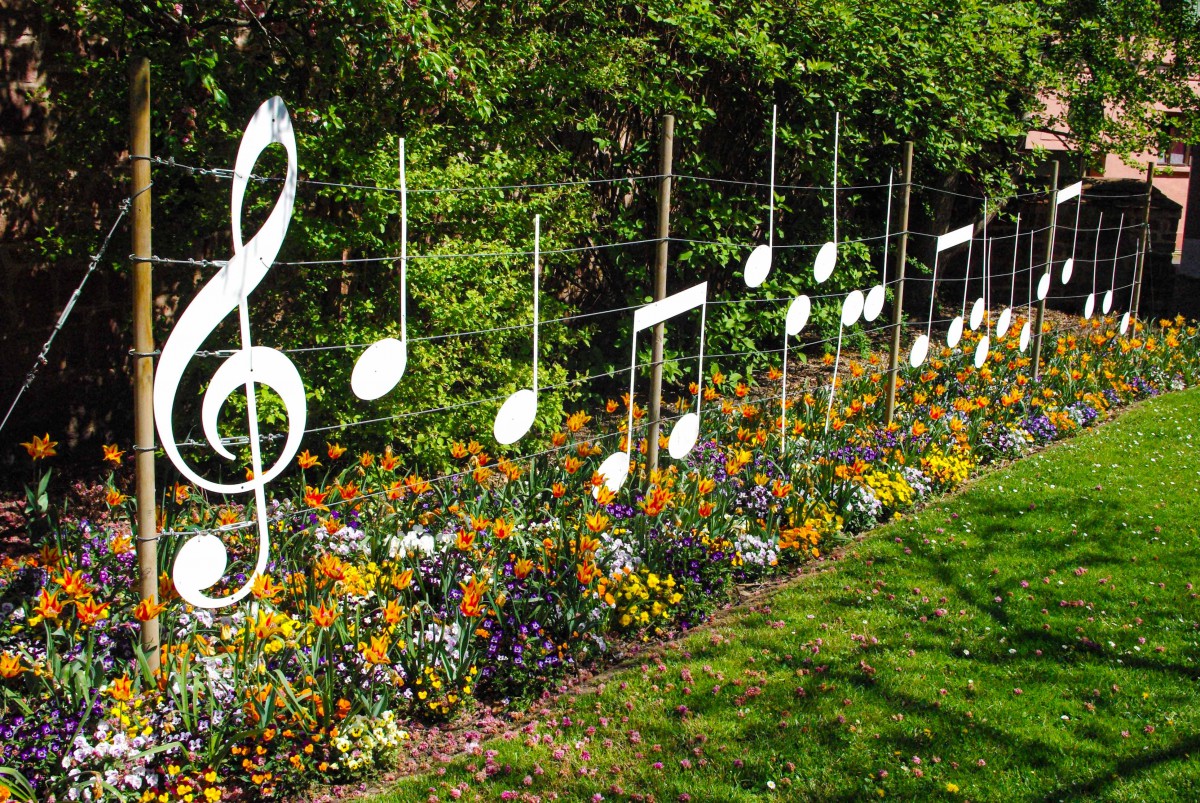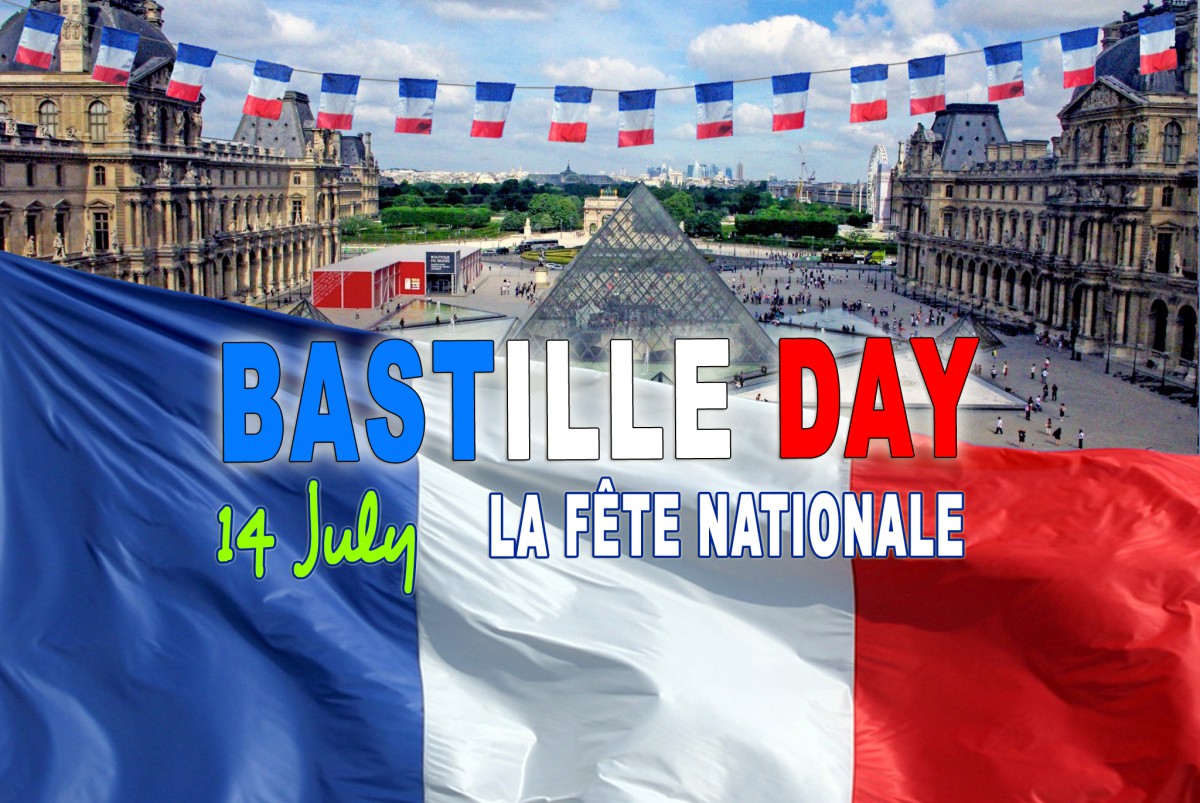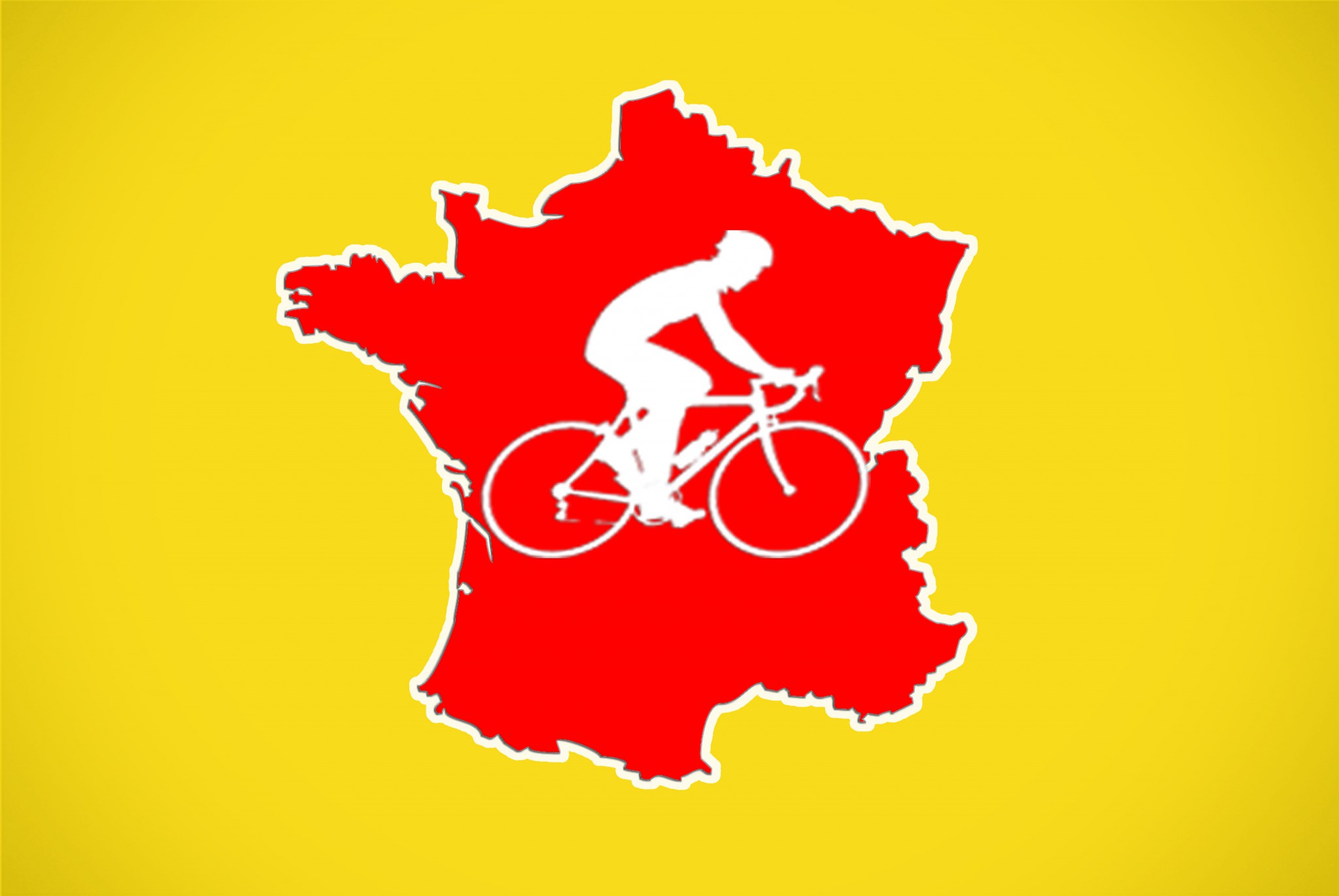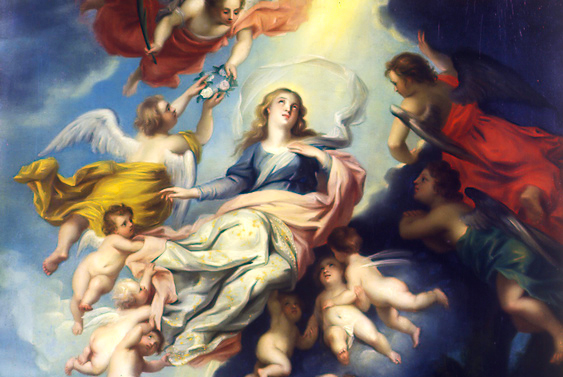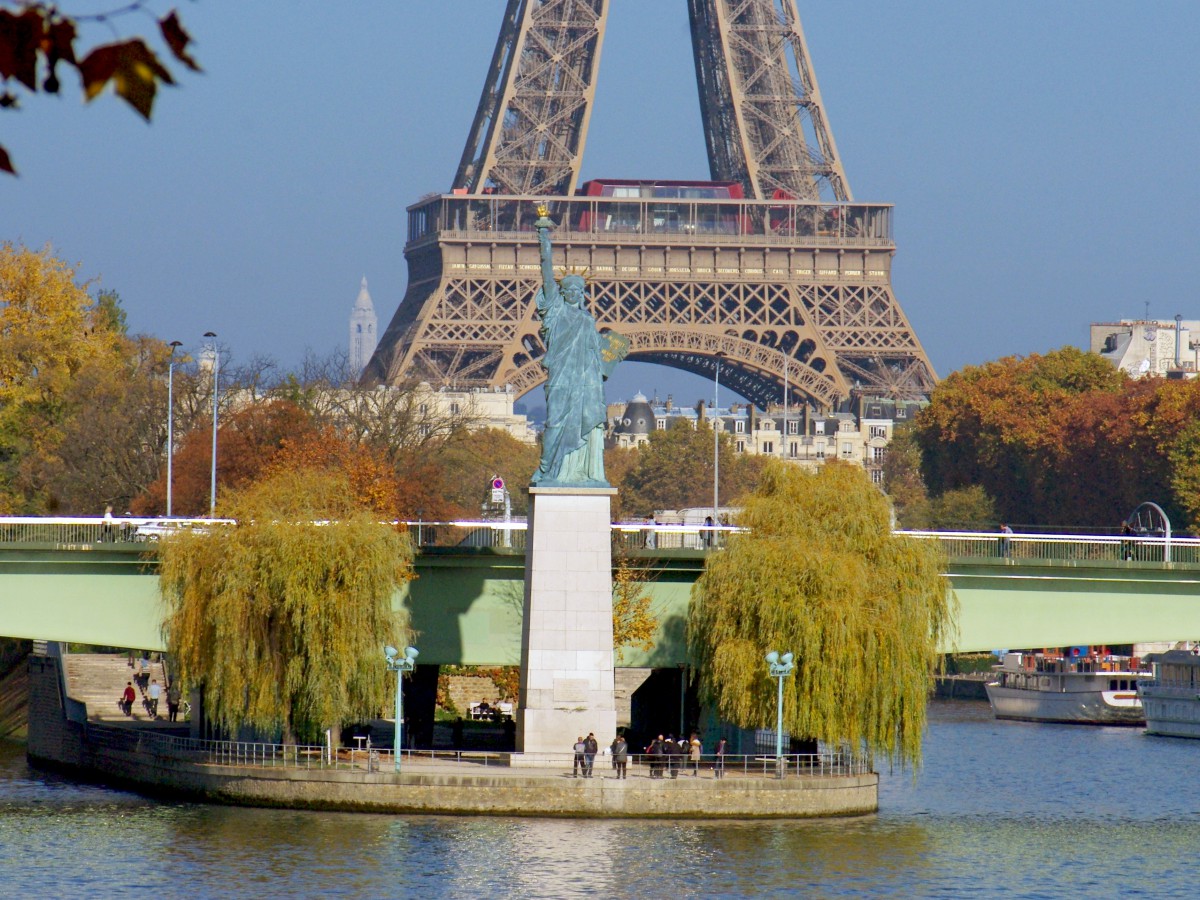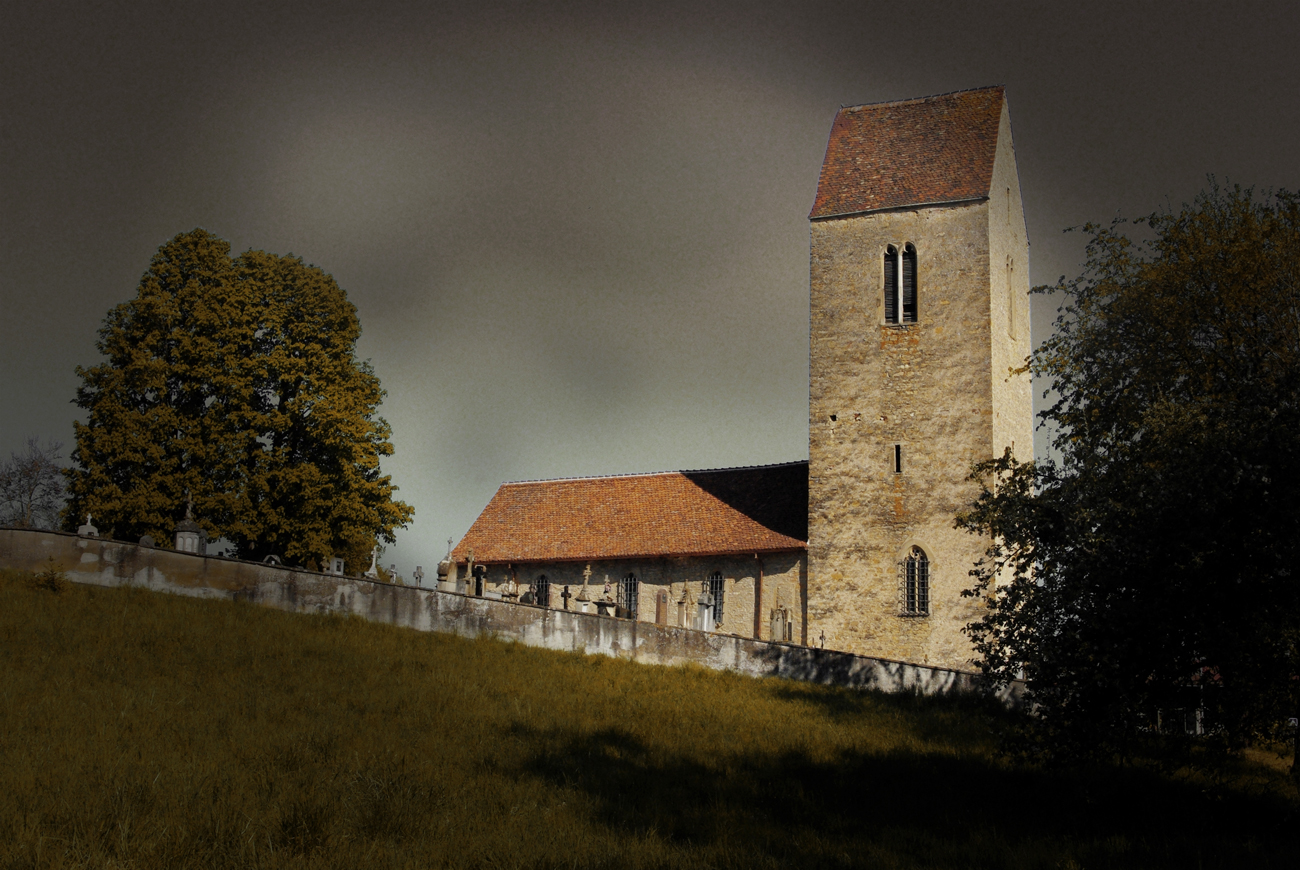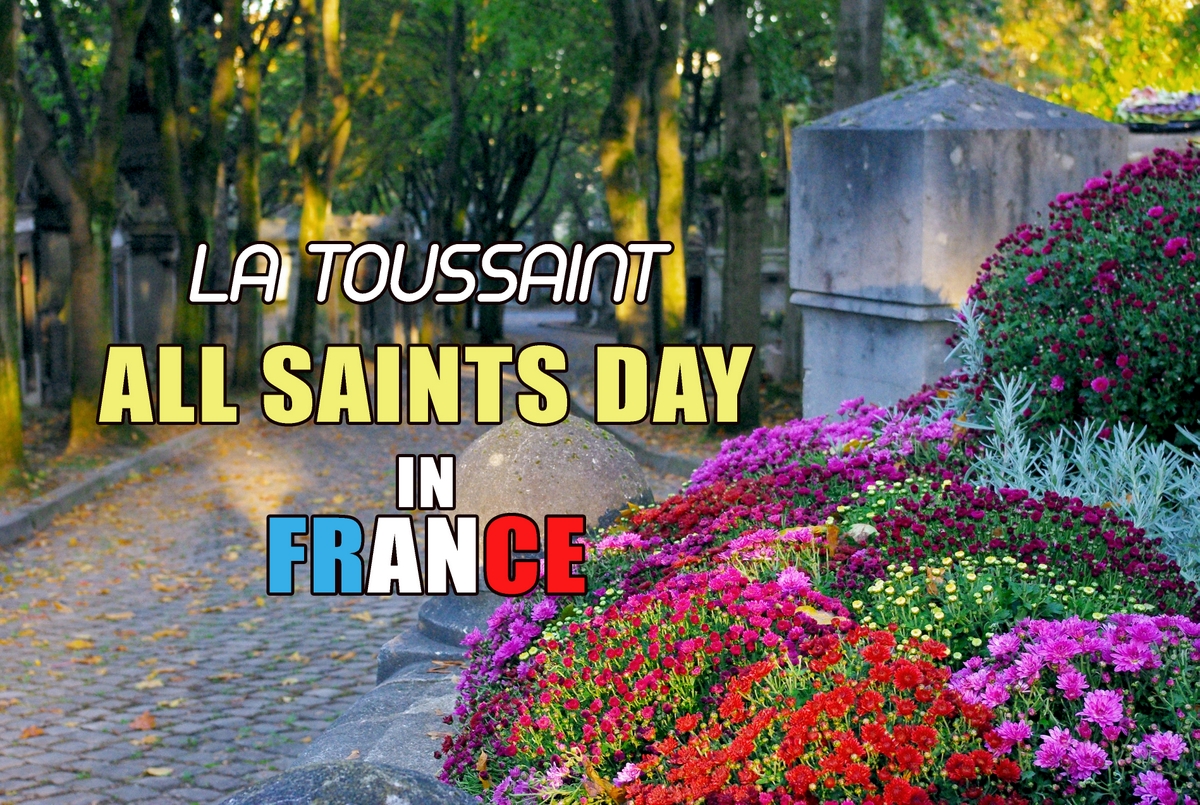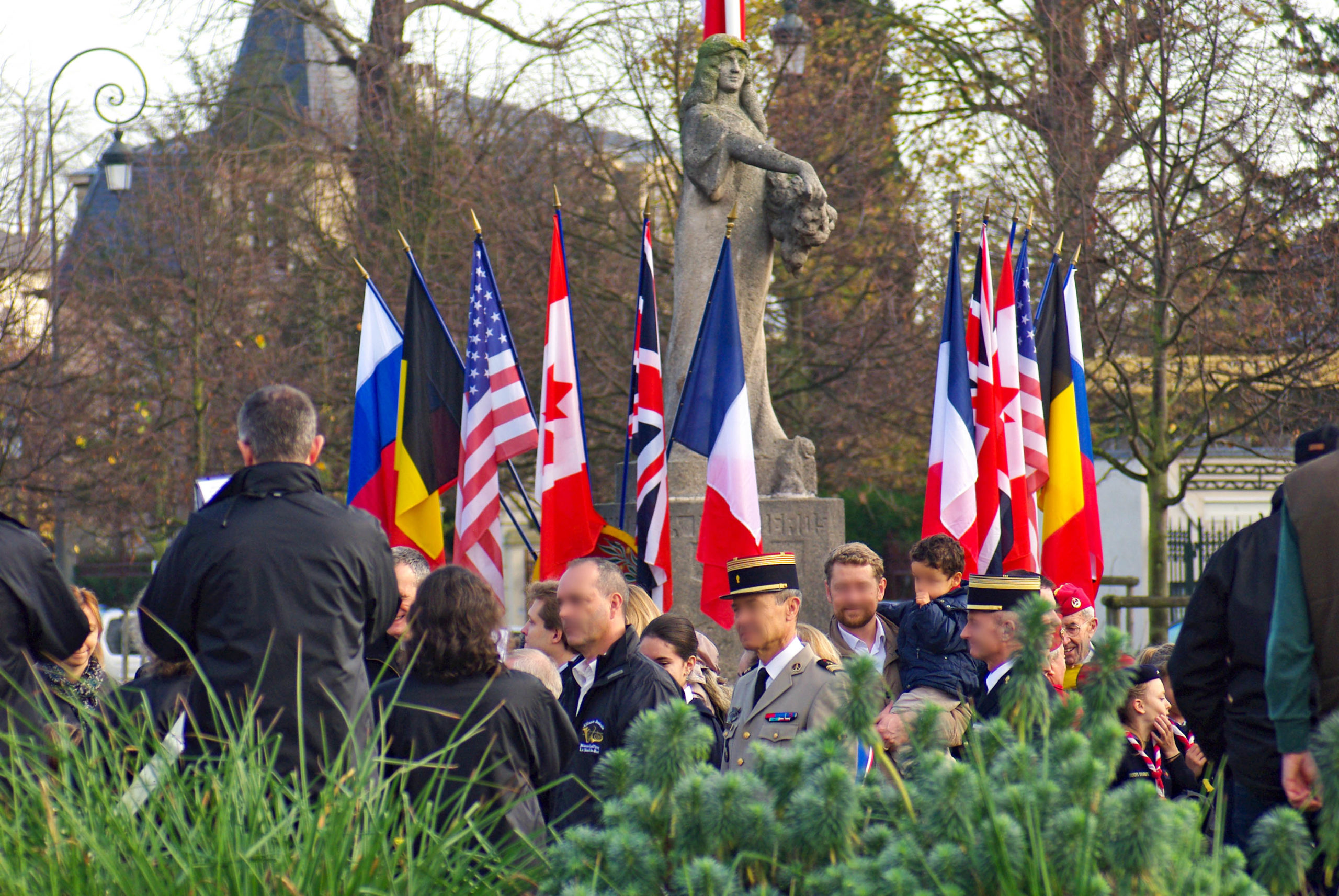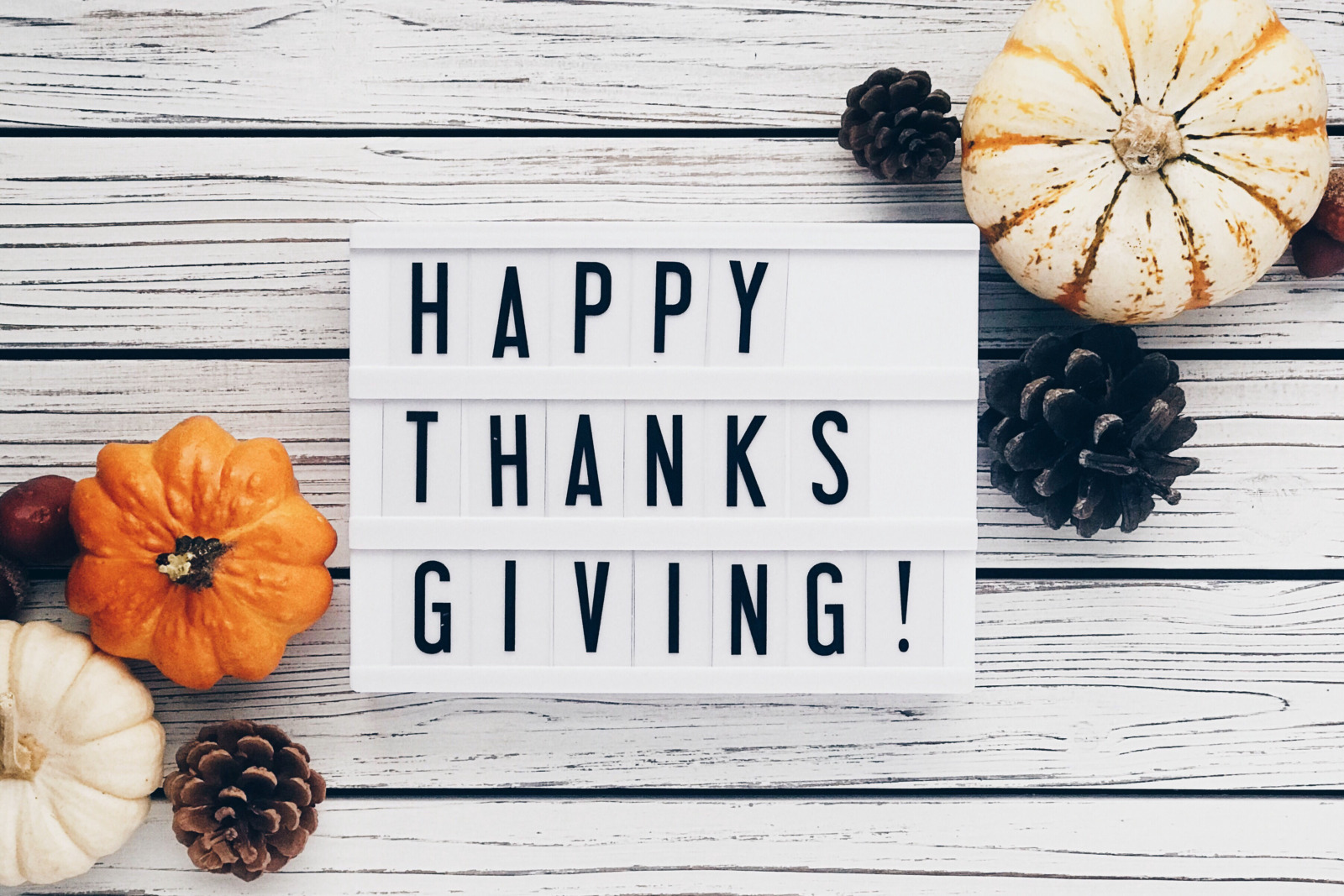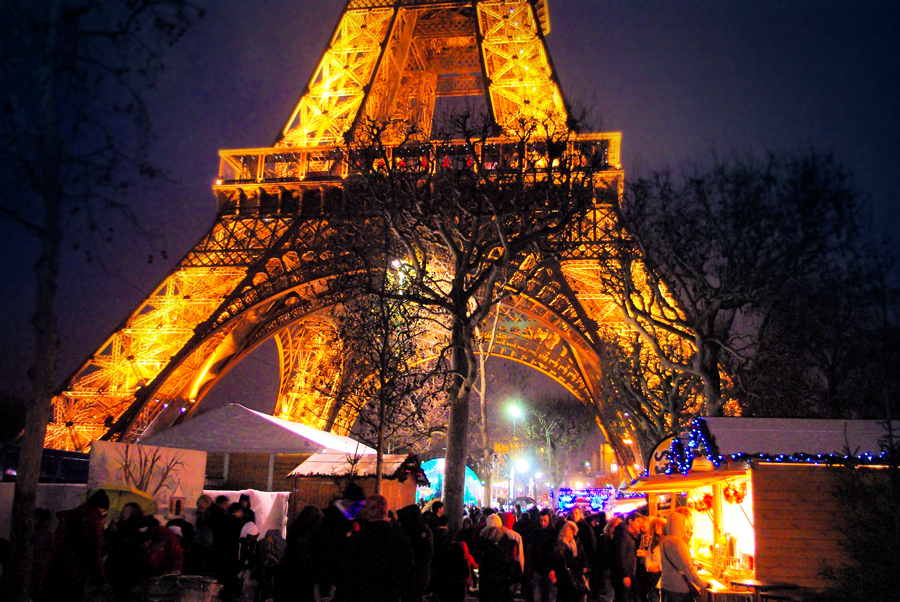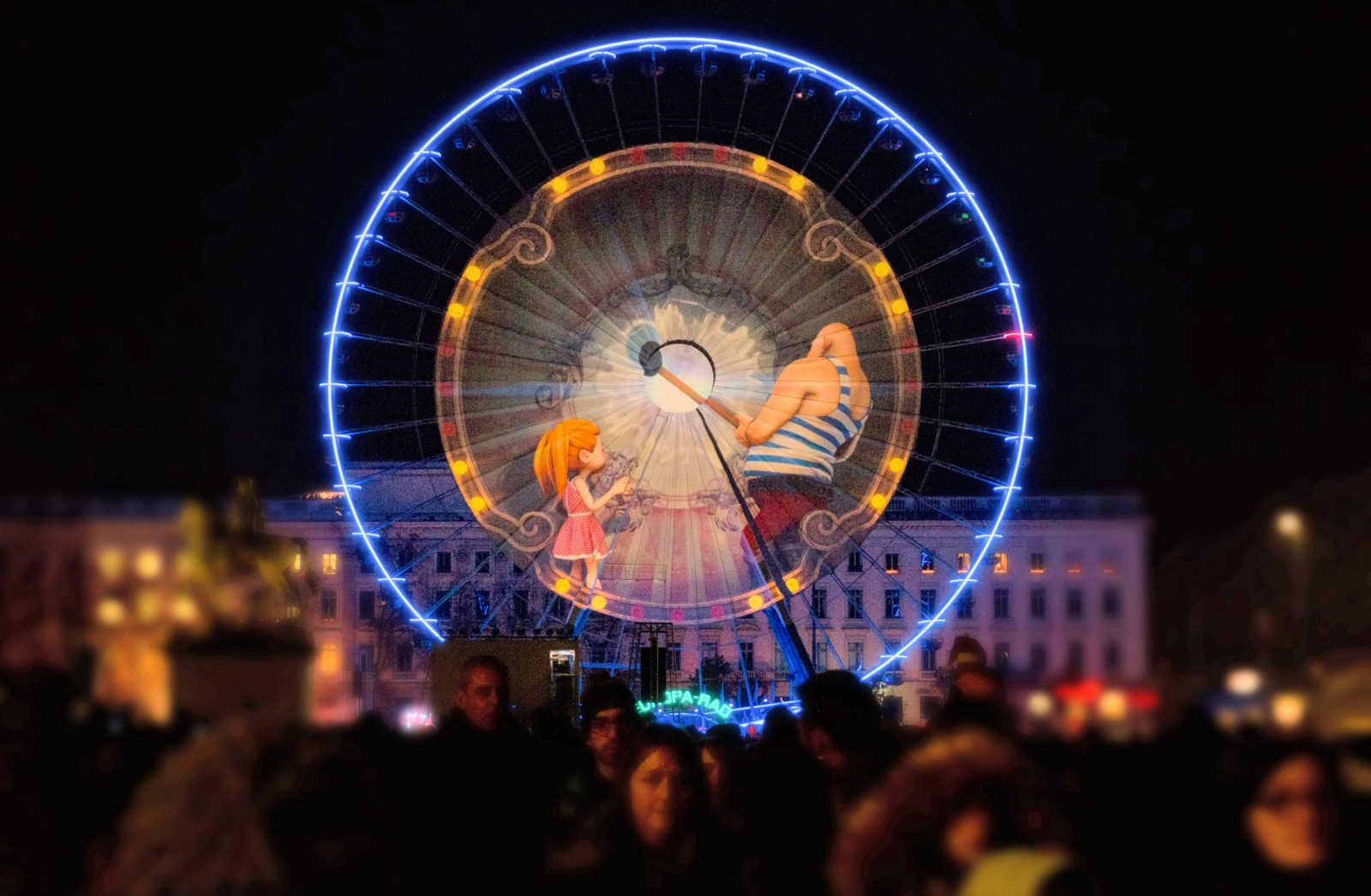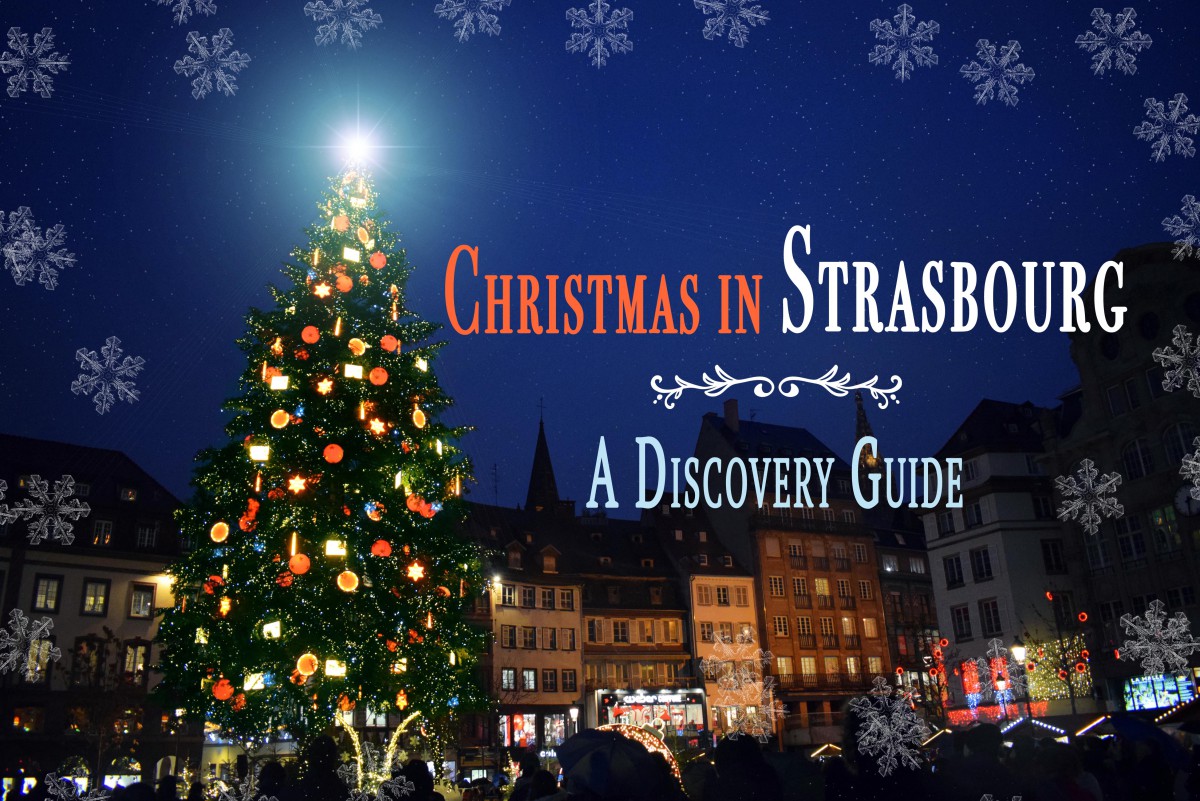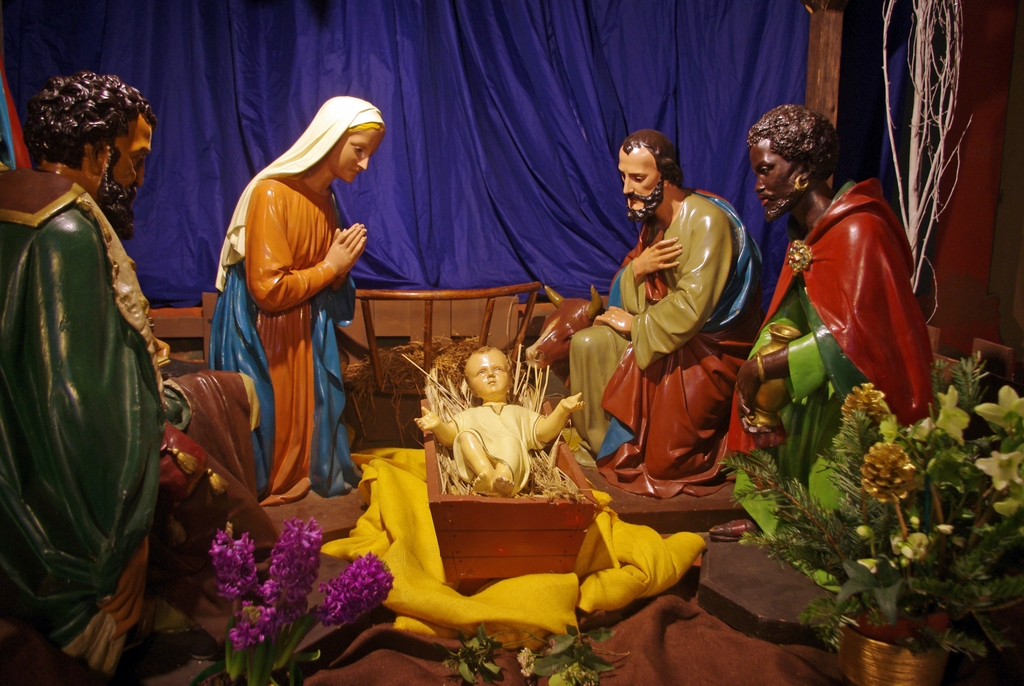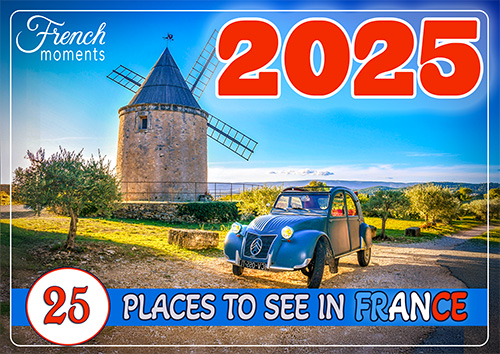Winter in France is often considered the country’s least popular season for tourism.
This is the coldest season of the year when gloomy and rough weather forces the vegetation into a well-earned pause. Trees are leafless, their trunks of a darkish-grey colour, and depending on the sky, snow and ice cover entire regions, disrupting human activity.
Once the cheerful Christmas and New Year’s celebrations have gone, the long months of January and February are not a season one particularly anticipates in Europe. However, they are many light-hearted celebrations and events happening to cheer everyone up.
Winter in France: the calendar
Officially the season of Winter starts on the 21st of December and ends on the 20th of March of the following year.
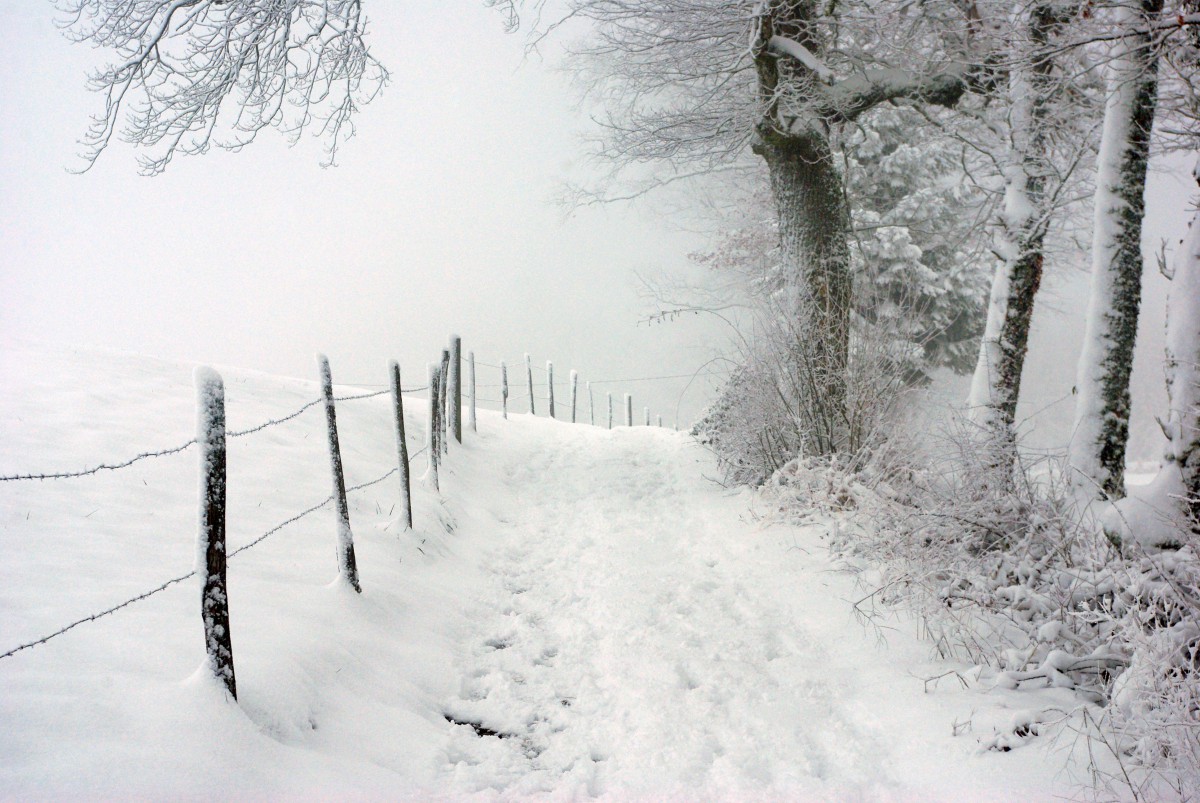
Winter officially starts on 21 December in Europe, the Winter solstice date, and ends on 20 March the following year. For meteorologists and many French people, Winter runs from approximately 1 December to the beginning of March. Although most of December officially belongs to Autumn, the last month of the year is often thought to be part of Winter because cold and snow occur throughout the country.
With the start of Winter comes the festive season of Christmas and New Year, commonly referred to in French as “les fêtes de fin d’années”.
Winter Calendar:
- Four Sundays before Christmas – Advent (l’Avent)
- 21 December – beginning of Winter
- 25 December – Christmas (Noël)
- 1 January – New Year’s Day
- 6 January – Epiphany (l’Épiphanie)
- January-beginning of February – Les Soldes d’Hiver. The big retail sales in January and February. There are only two major sales periods in France whose dates are regulated by the French government: just after Christmas and in July.
- 2 February – Candlemas (la Chandeleur)
- 14 February – Valentine’s Day (la Saint-Valentin)
- February or March – Shrove Tuesday and the Carnivals (Mardi-Gras et les carnavals)
- 21 March – the start of Spring
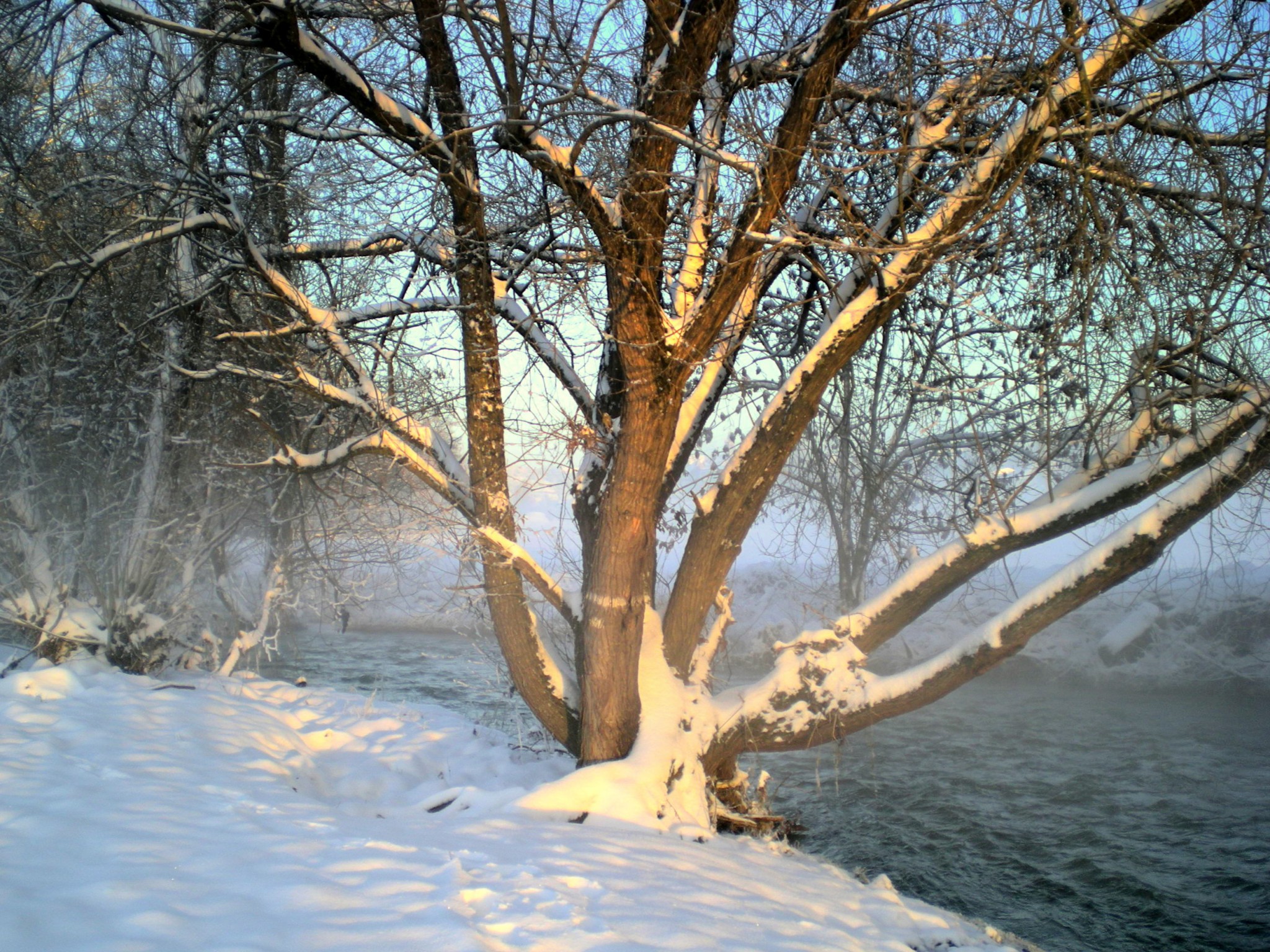
Winter: a bit of (art) history
According to art historian Erwin Panofsky (1892-1968), the first wintry scene ever depicted in the history of painting dates from the 1410s.
It is part of the most famous French Gothic manuscript illumination Les Très Riches Heures du Duc de Berry. The collection is possibly the best surviving example of its kind. The book is on display at the Musée Condé, Chantilly.
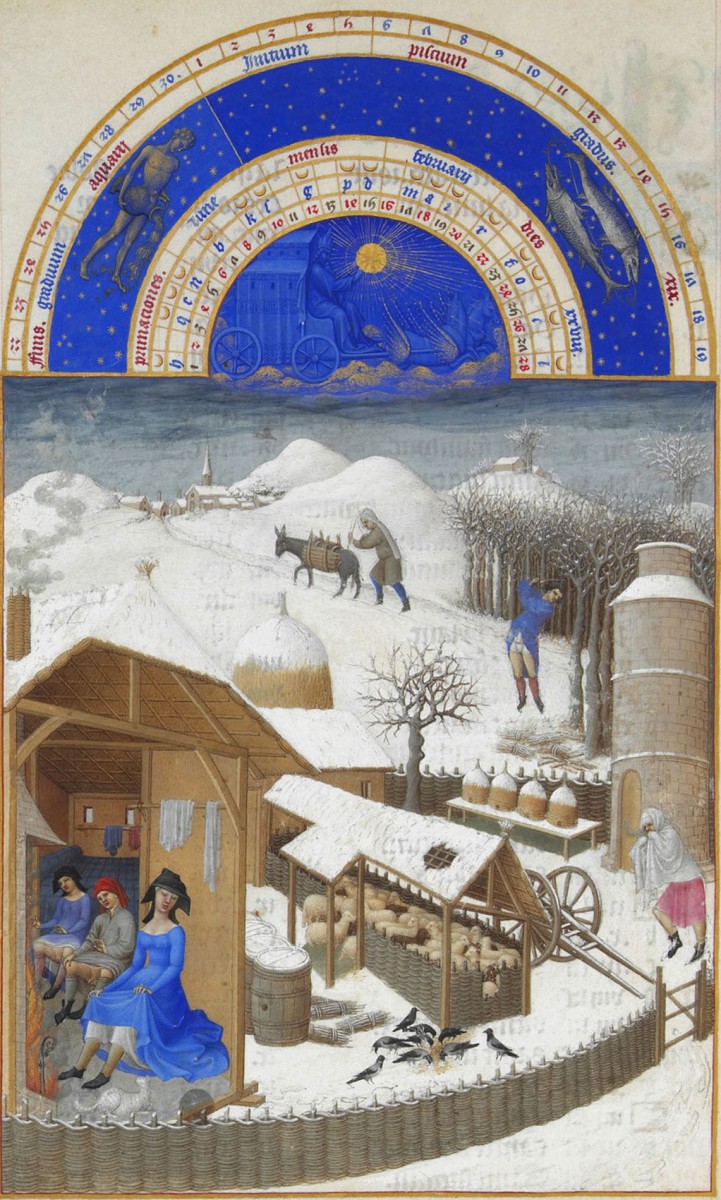
Another early winter landscapes date from 1565. Dutch artist Pieter Bruegel painted The Hunters in the Snow. On a calm, cold, overcast day, three hunters and their dogs return from an expedition with a poor catch, a single fox dangling from a spear. The painting is displayed at the Kunsthistorisches Museum in Vienna, Austria.
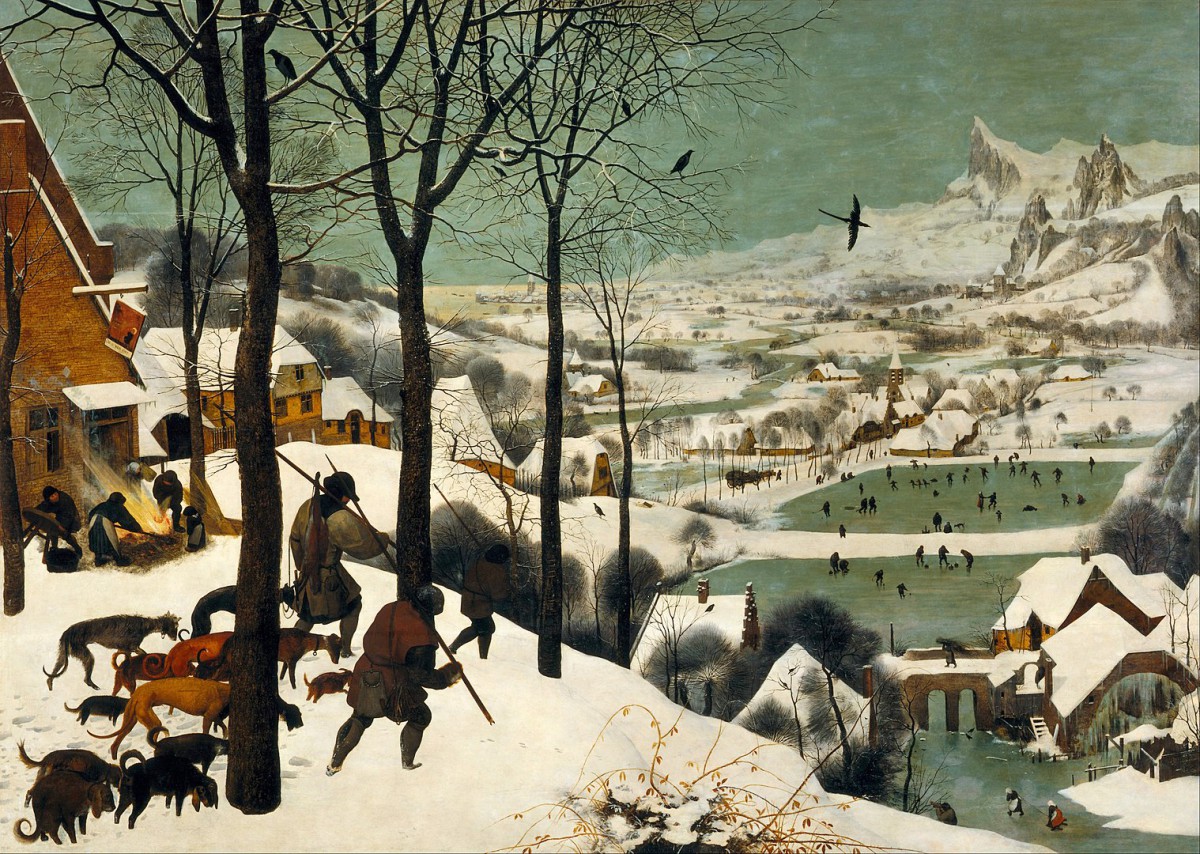
Between the 16th and 18th centuries, Europe underwent a Little Ice Age. Many factors could explain this climate change: volcanic ash blocking solar radiation, cyclical solar radiation levels, changes in the ocean circulation, variations in Earth’s orbit and axial tilt…
We know, for instance, that encroaching glaciers caused the destruction of farms and villages in the valley of Chamonix during the mid-17th century.
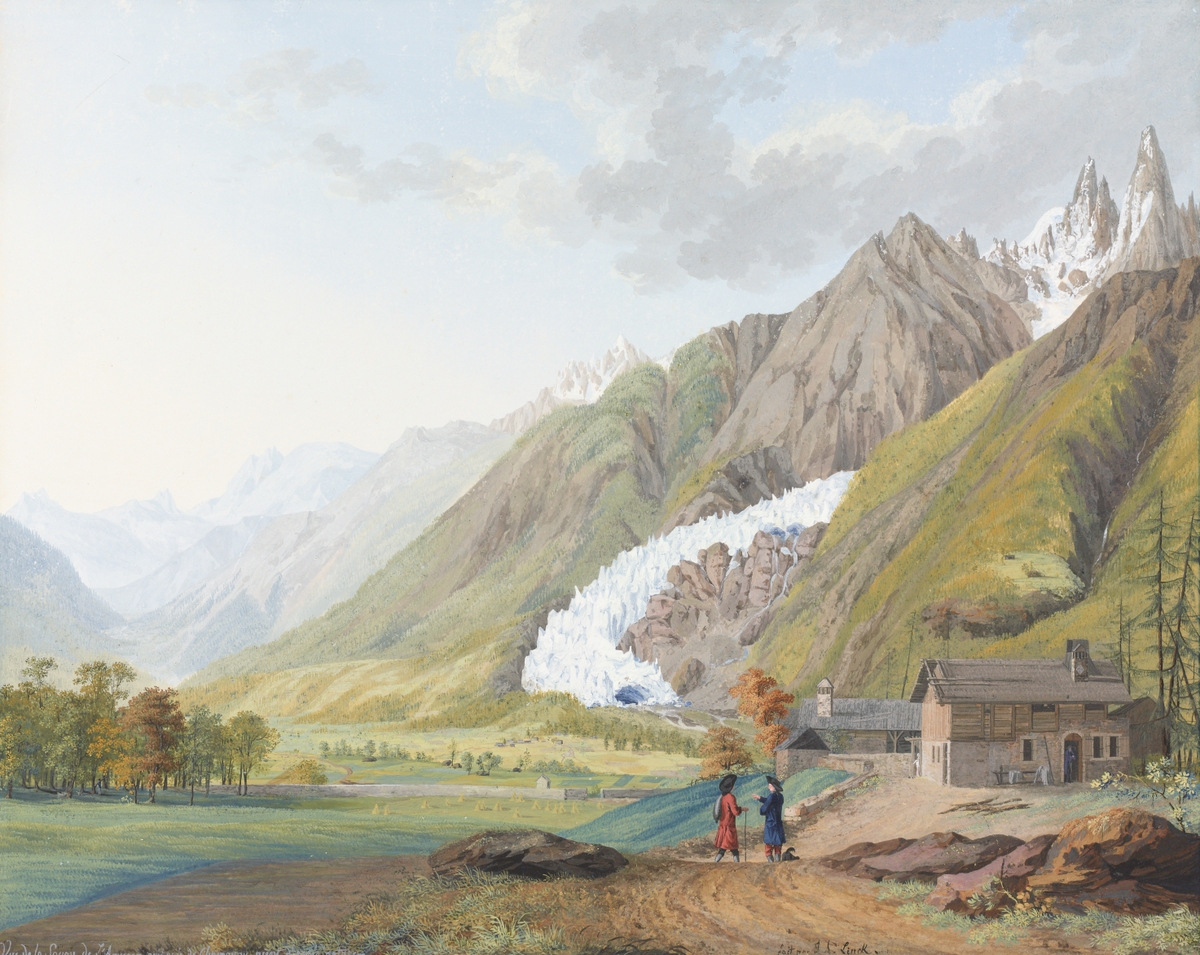
Rivers and lakes in France were frequently frozen deeply enough to support ice skating and winter festivals.
In 1693-1694, famines in France claimed roughly 10 per cent of the country’s population.
The first snowmen
The earliest documentation on medieval snowmen (1380) is on display in the Koninklijke Bibliotheek in The Hague.
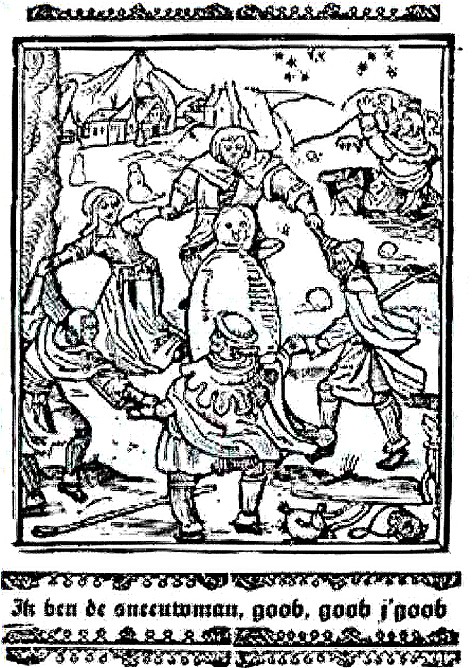
The earliest known photograph of a snowman dates back to 1853. Taken by Welsh photographer Mary Dillwyn, the original is kept at the National Library of Wales.
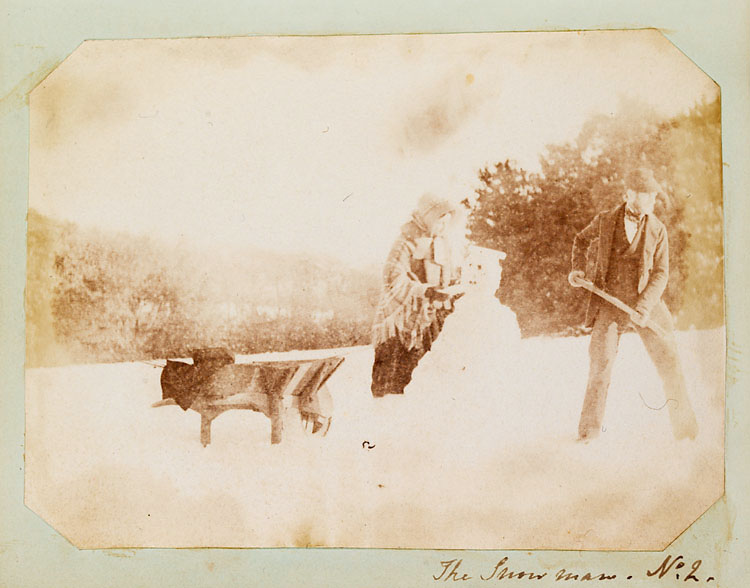
Great Italian artist Michelangelo also worked on a snowman (bonhomme de neige in French) in Florence in 1494.
When we lived in the French Alps, we did our snowmen too. Here, in a field near Annecy:

And in our backyard in the alpine village of Granier, Savoie:
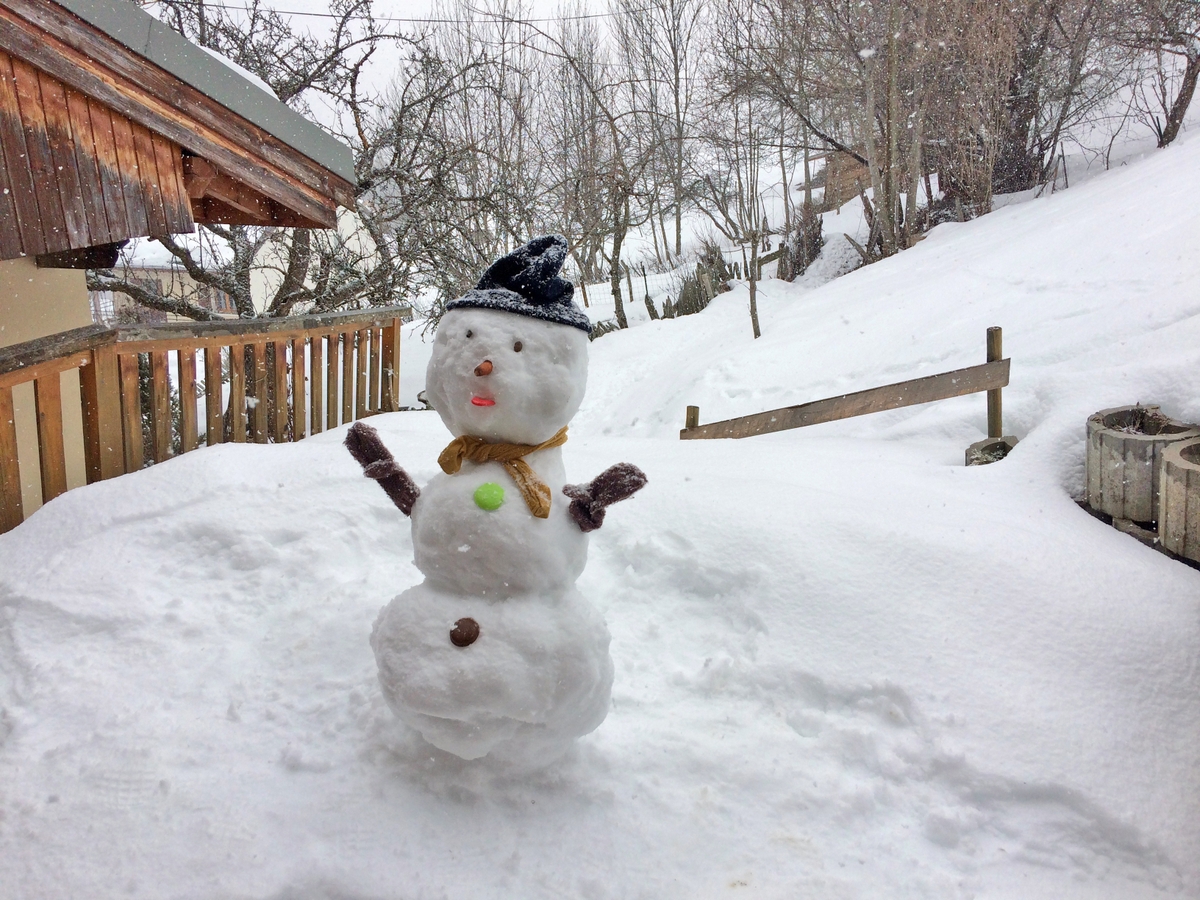
The weather in Winter
The average temperatures are often just below zero and can go up to a maximum of ten degrees in the afternoon.
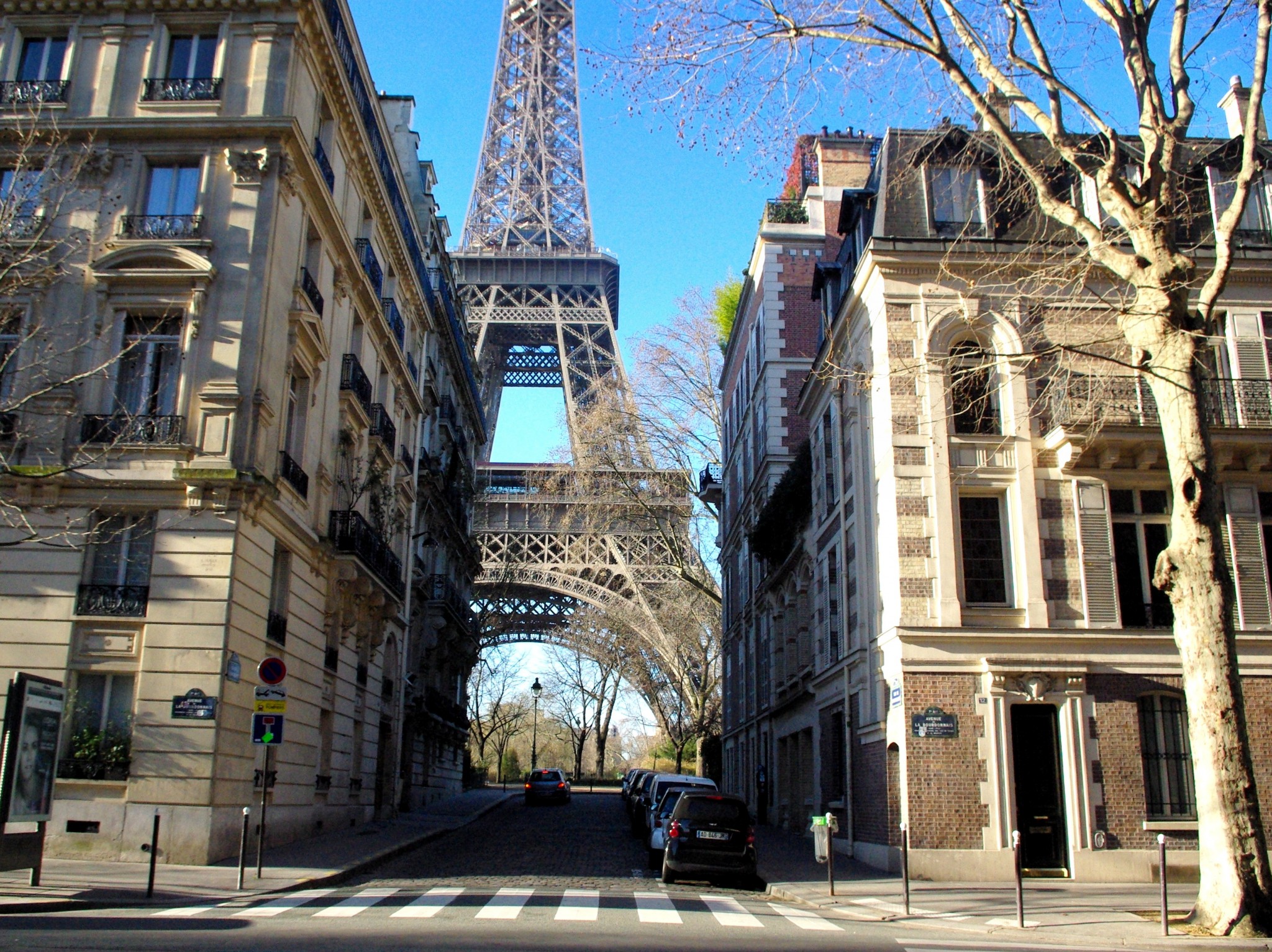
Winter can be harsh in some mountainous parts of France. In the Jura Mountains, a record of -41°C was recorded in 1985 in the little town of Mouthe.
On the opposite, the coastal towns of Corsica can enjoy average temperatures of 9°C during Winter.
In Provence, the mistral is a strong, cold, dry wind originating from the Alps that blows in Winter for periods of only a few days up to a couple of weeks.
In Paris, sunshine is rare, but the sea’s closeness means that temperatures are generally above freezing (around 7°C). For a few nights, temperatures can go down to – 5°C.
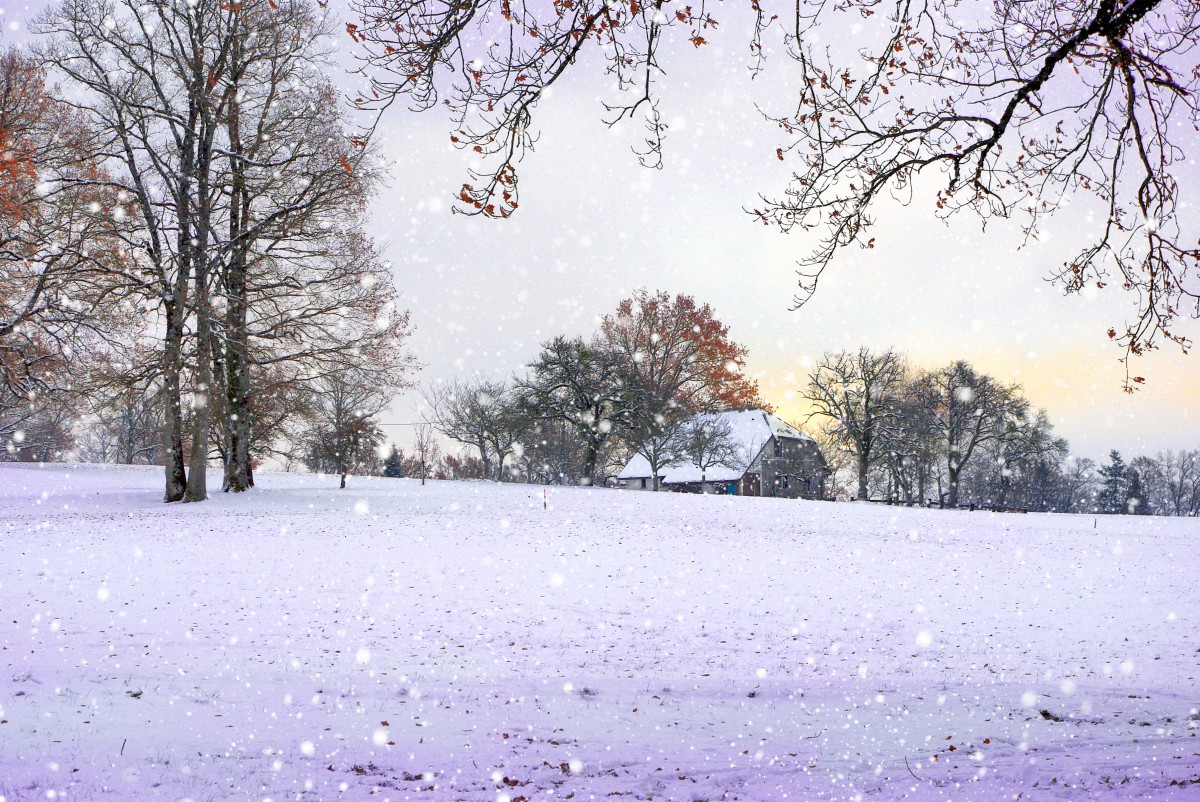
Often Winter is associated with snow, but it appears more rarely on the plains in the South of the Loire and Paris. However, snowfalls are abundant in mountain areas, particularly in the Alps and the Pyrenees. The first snow of winter can cause massive transport disruption in a region.
I particularly like admiring the snow turning a familiar landscape into a fantastic winter wonderland.
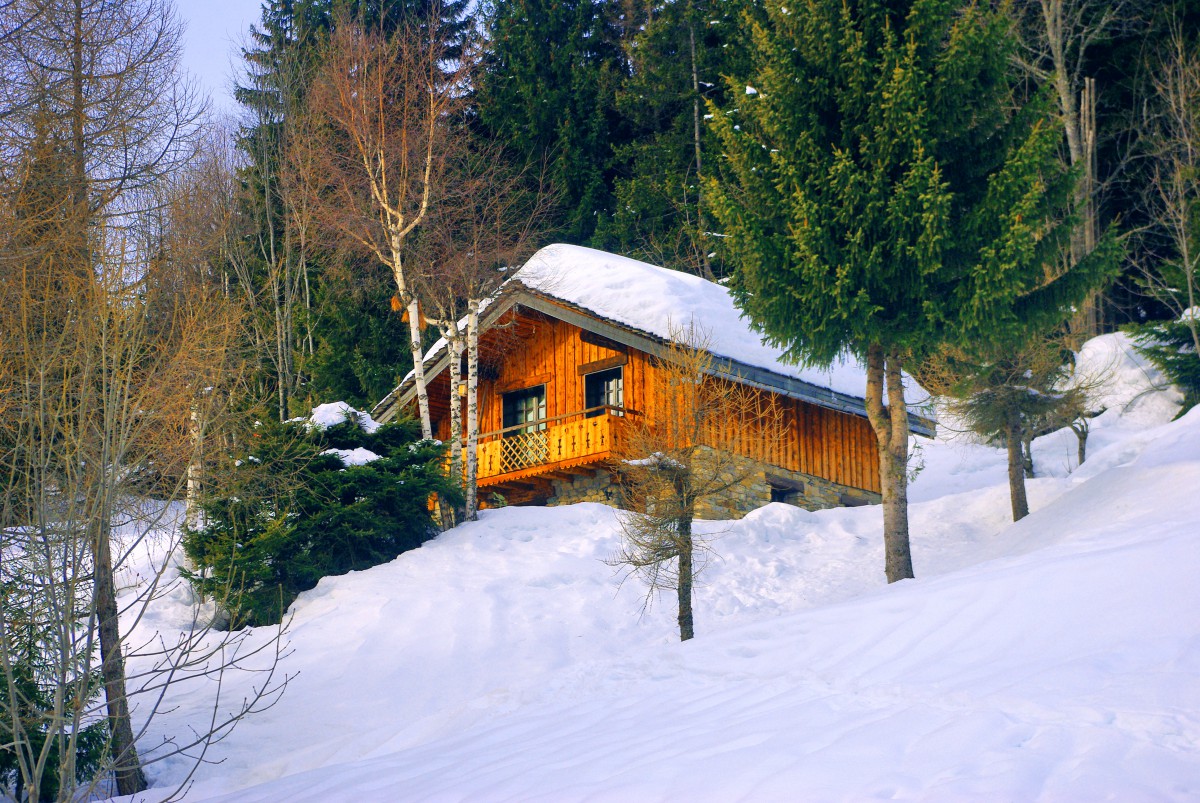
The Winter solstice occurs on the first day of the season (21 December). It is the day of the year that has the fewest hours of daylight. The solstice is closely associated with Christmas with the meaning of rebirth with the hope of the coming of the better days of spring.
Visiting France in Winter
Visiting sites and monuments in France is ideal in Winter as it is a low touristic season.
During Winter in France, people on vacation will choose between cool winter sports in the mountains and mild Mediterranean destinations.
During your exploration, you may be surprised by the beauty and harshness of Winter in France!
Winter in the mountains
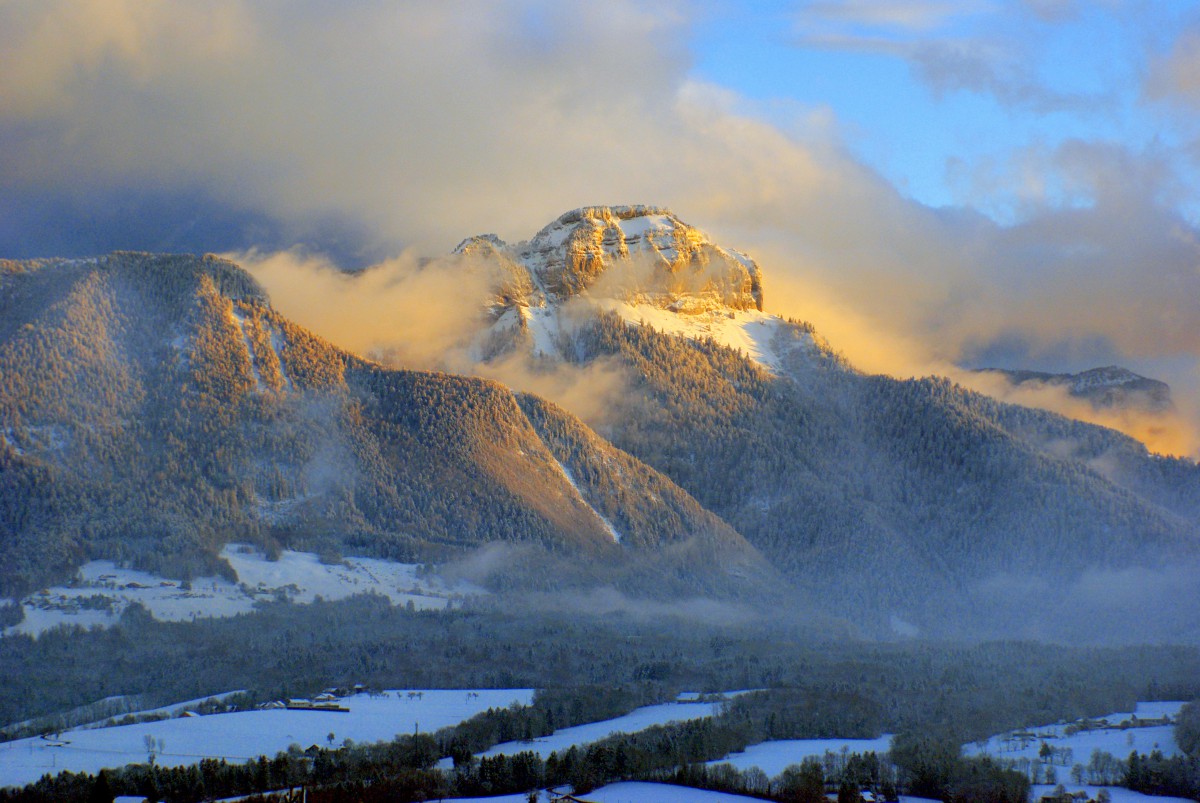
The country’s mountains are the best places to be to unfold the wonders of winter in France! There, you can walk through the snow, marvelling at the unique design of each snowflake.
The Winter sports season occurs in January and February in the Alps and the Pyrenees. Millions of people come to France in Winter as the country has some of the world’s top resorts. A wide range of activities are possible: downhill skiing, cross-country skiing, snowboarding, snowshoeing, dog sledging, ice climbing and ice rappelling.
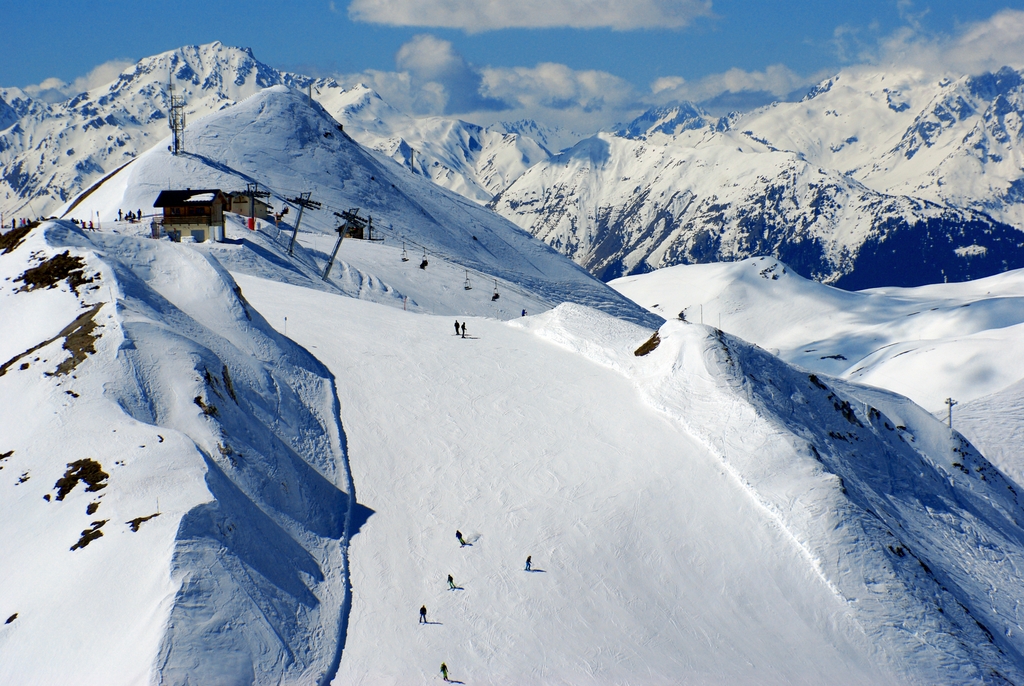
France has more than 400 ski resorts across the six main mountain ranges: the Alps, Corsica, the Jura, the Massif Central, the Pyrenees and the Vosges.
Some of the largest connected ski areas in the world are found in the French Alps:
- Les Trois Vallées (Courchevel, Méribel, Les Menuires, and Val Thorens): 338 slopes, 600 km.
- Portes du Soleil (Avoriaz, Châtel, Morzine, and Abondance): 288 slopes, 650 km.
- Paradiski (La Plagne, Peisey-Vallandry, Les Arcs): 239 slopes, 420 km.
- Évasion Mont-Blanc (Megève, Saint-Gervais, Les Contamines Monjoie): 183 slopes, 420 km.
- Espace Killy (Tignes, Val-d’Isère): 137 slopes, 300 km.
- Les Grandes Rousses (L’Alpe d’Huez): 117 slopes, 236 km.
- Les Deux Alpes and La Grave: 69 slopes, 220 km.
Ski resorts in the Alps are bustling during the February school holidays, and accommodation can be costly and should be planned well in advance.
Winter by the sea
![Menton Lemon Festival 2013 © Perline - licence [CC BY-SA 3.0] from Wikimedia Commons](https://frenchmoments.eu/wp-content/uploads/2014/02/Menton-Lemon-Festival-2013-©-Perline-licence-CC-BY-SA-3.0-from-Wikimedia-Commons.jpg)
Winter in France: English-French Vocabulary
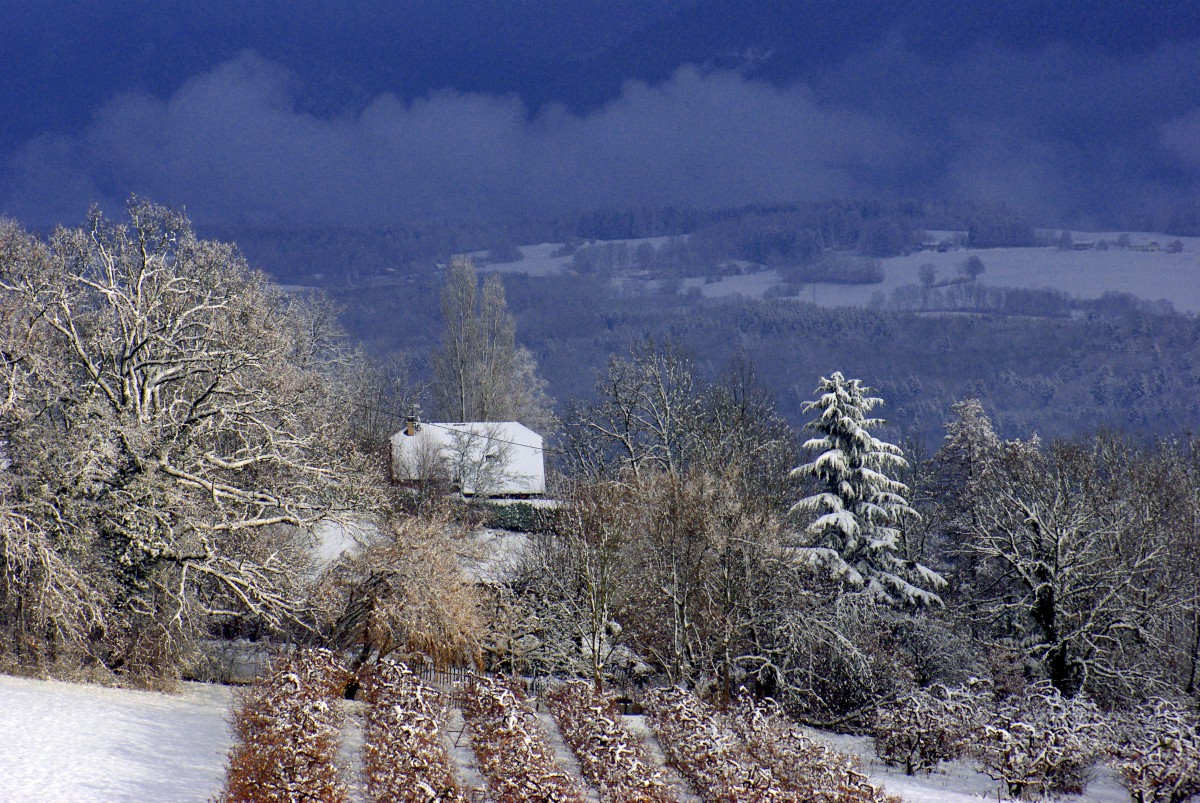
(f) for féminin, (m) for masculin, (adj) for adjective and (v) for verbs
- Advent = Avent (m)
- Autumn = automne (m)
- Candlemas = chandeleur (f)
- carnival = carnaval (m)
- Christmas = Noël
- December = décembre
- Epiphany = épiphanie (f)
- fall = automne (m)
- February = février
- French Riviera = Côte d’Azur (f)
- March = mars
- mountain = montagne (f)
- New Year’s Day = Nouvel An / Jour de l’An (m)
- resort = station (f)
- sales = soldes (f,p)
- season = saison (f)
- Shrove Tuesday = Mardi-Gras (m)
- to ski = skier (v)
- ski resort = station de sports d’hiver (f)
- sky = ciel (m)
- snow = neige (f)
- to snow = neiger (v)
- solstice = solstice (m)
- Spring = printemps (m)
- temperature = température (f)
- tree = arbre (m)
- Valentine’s Day = Saint-Valentin (f)
- weather = temps (m) / météo (f)
- Winter = hiver (m)
- Winter in France = l’hiver en France
Read more about Winter in France on our French blog.



